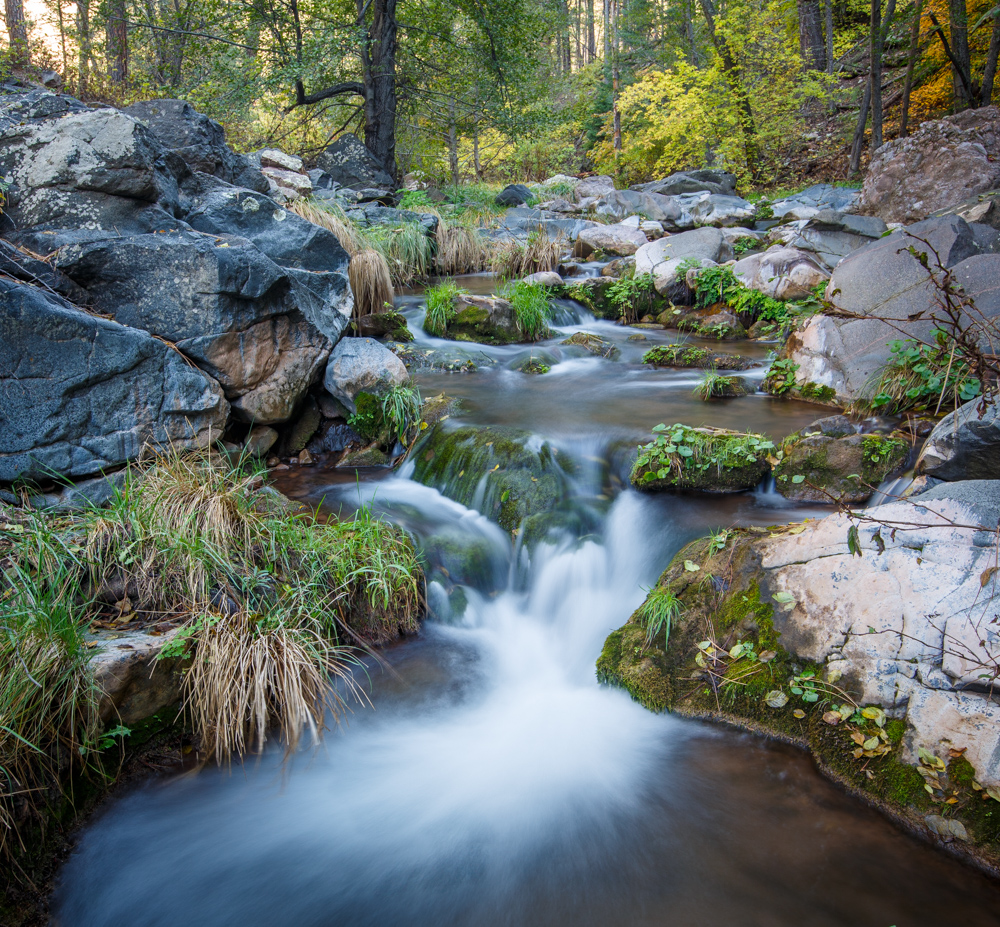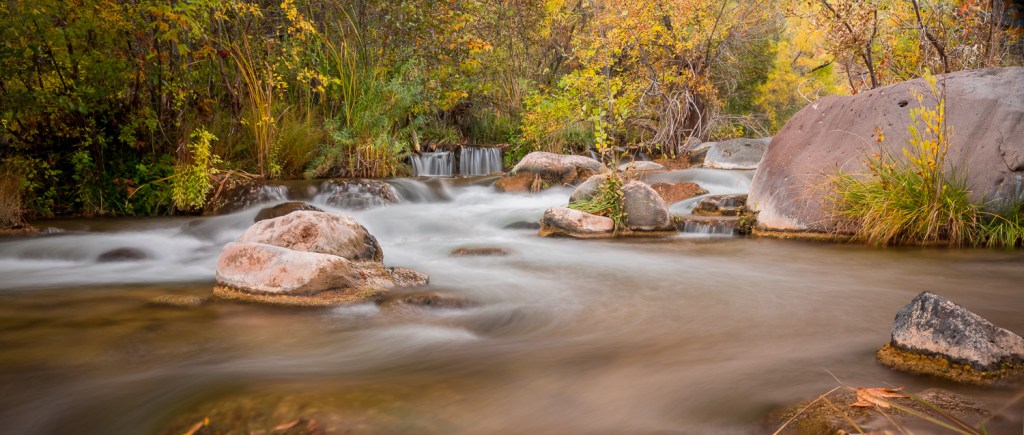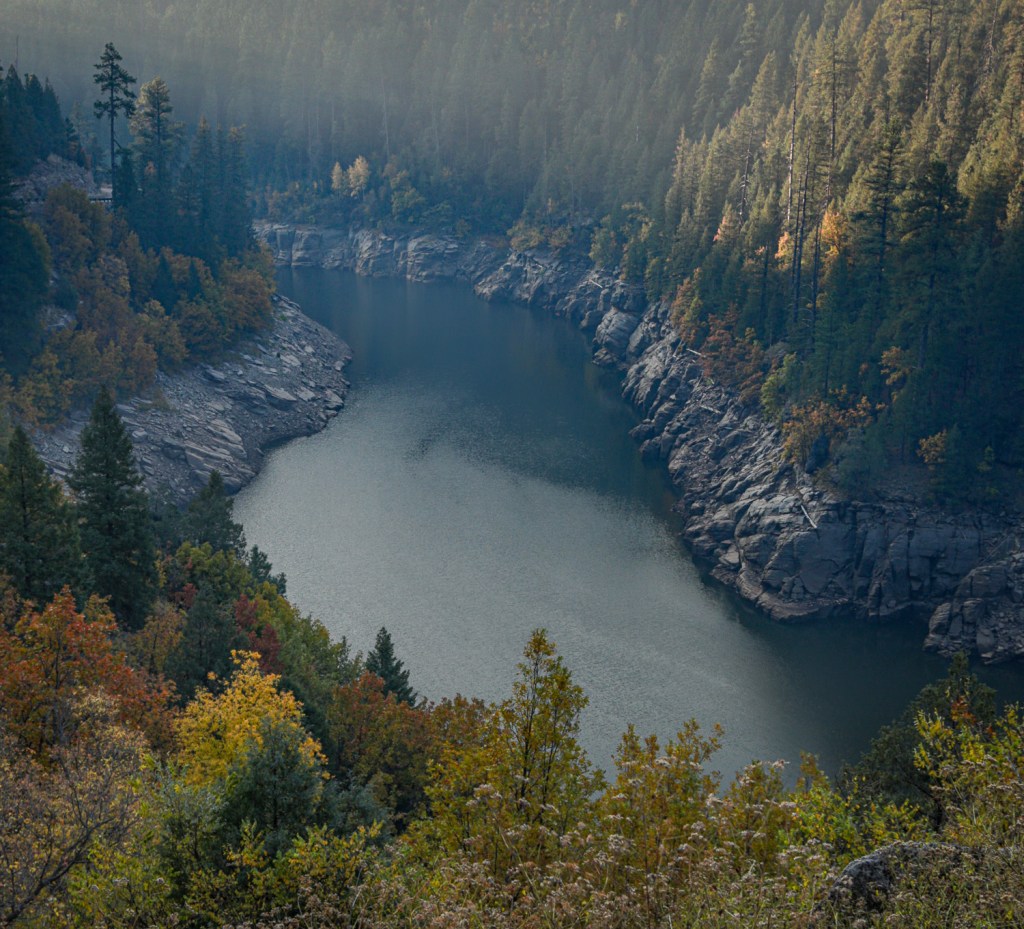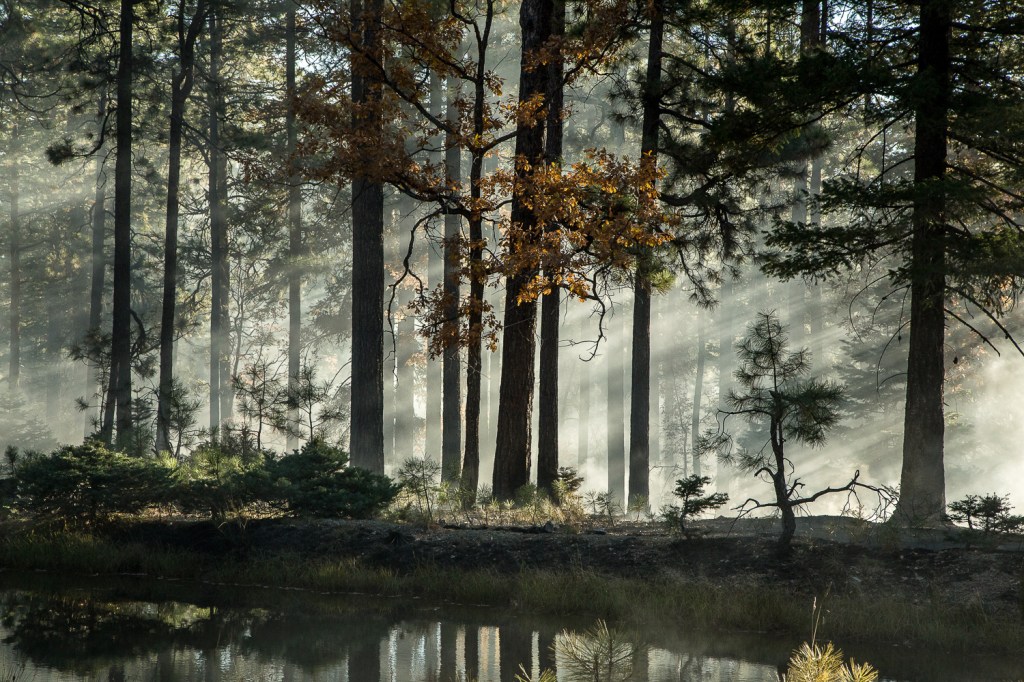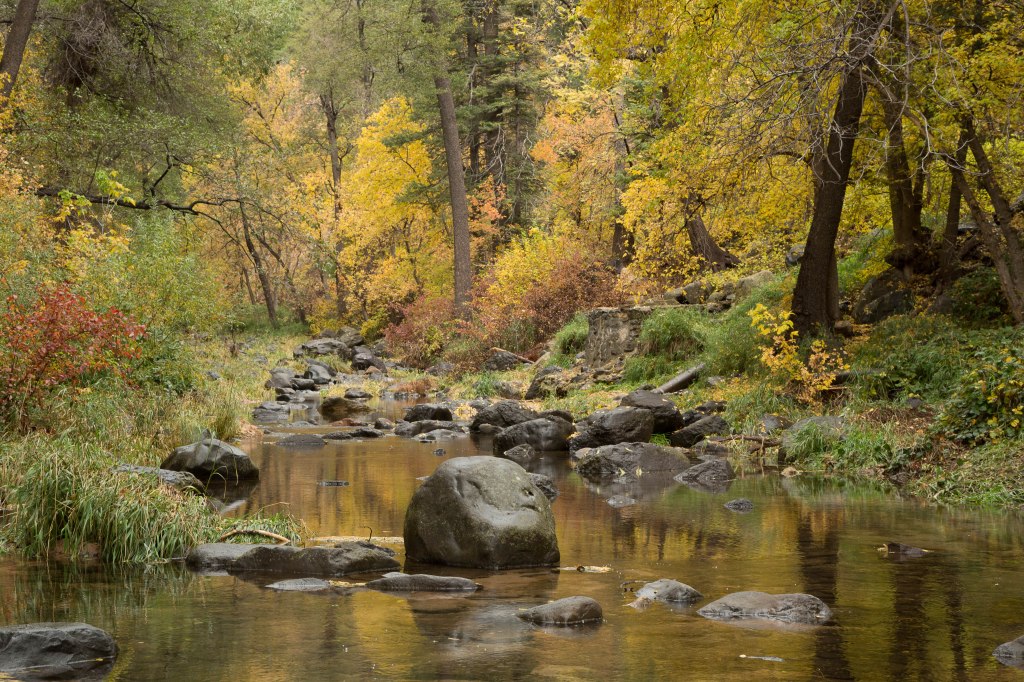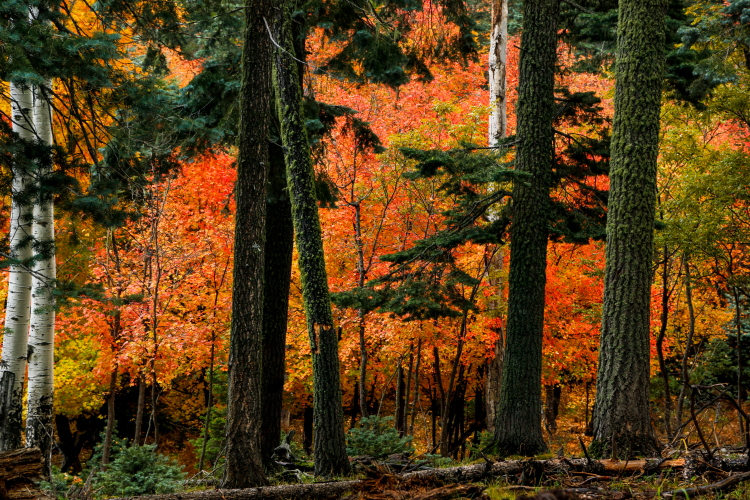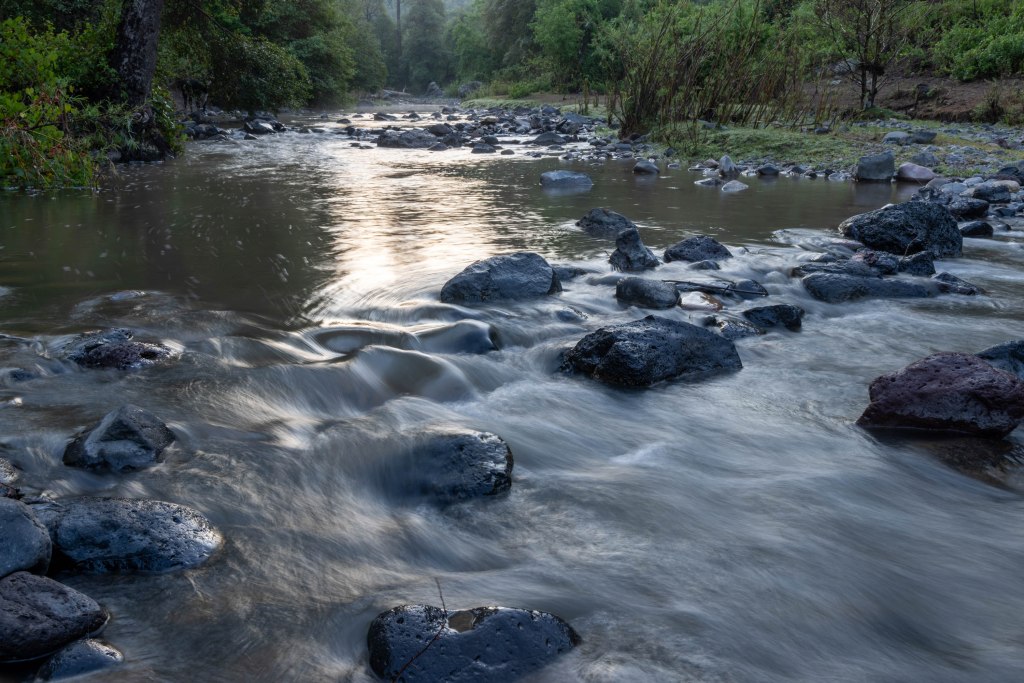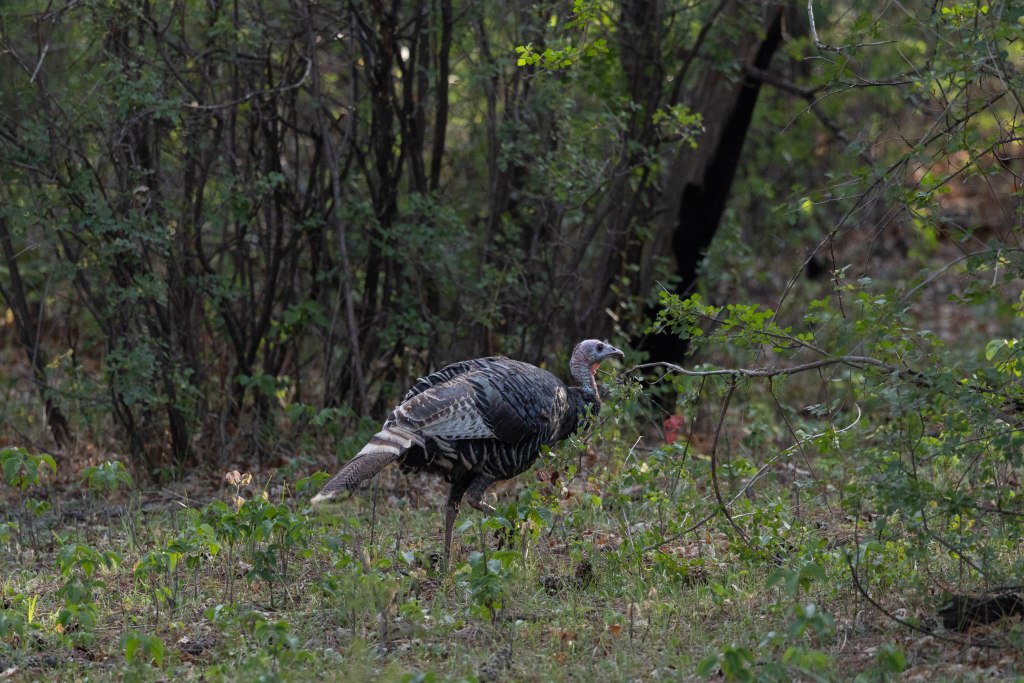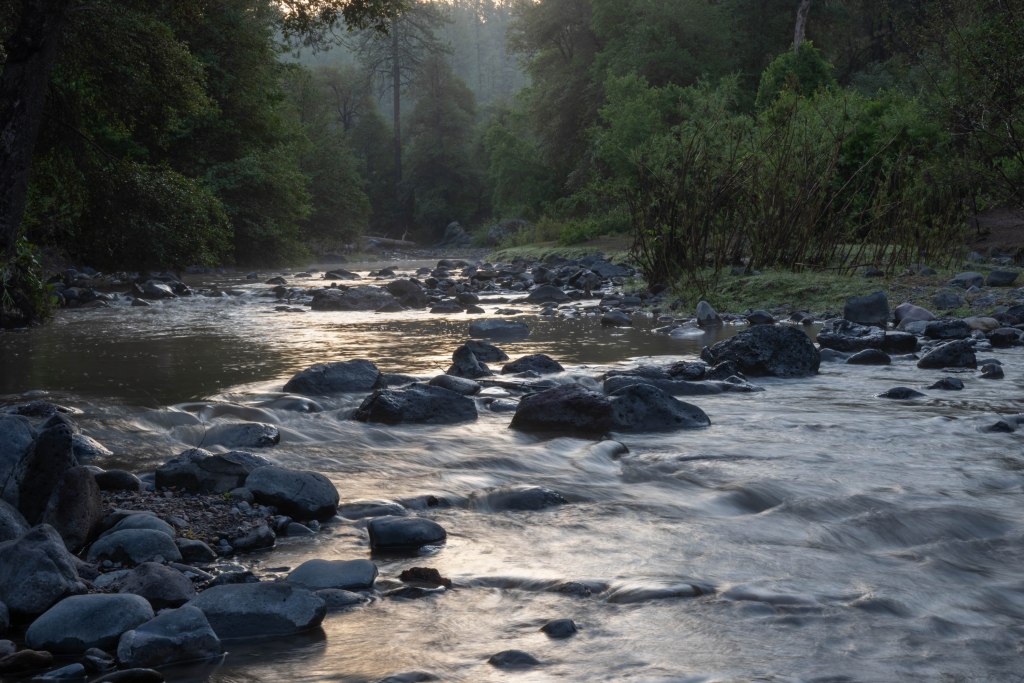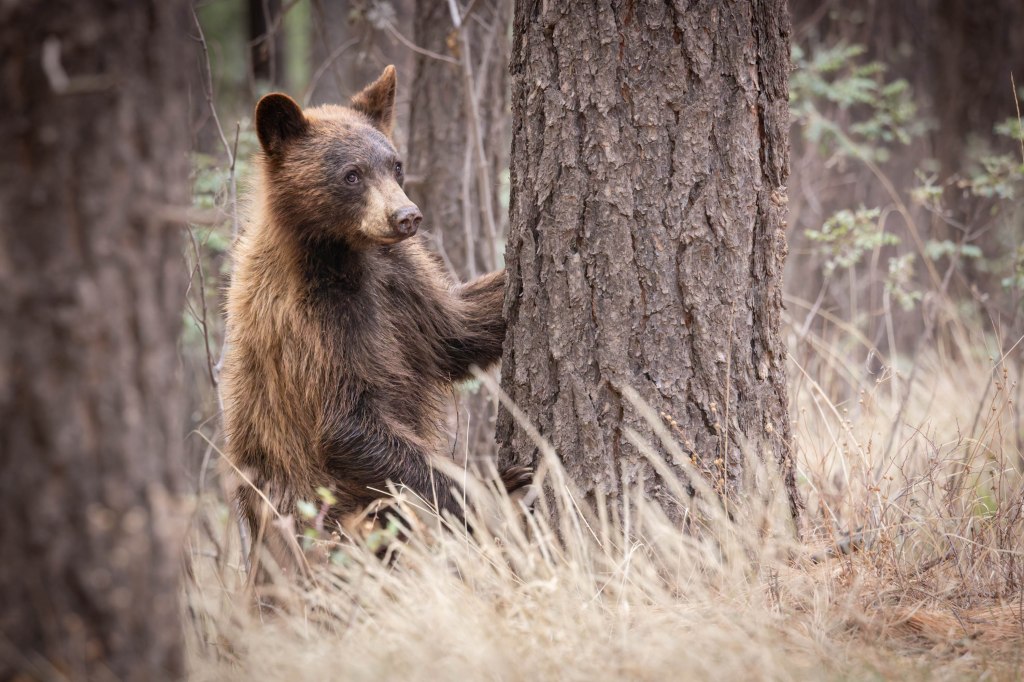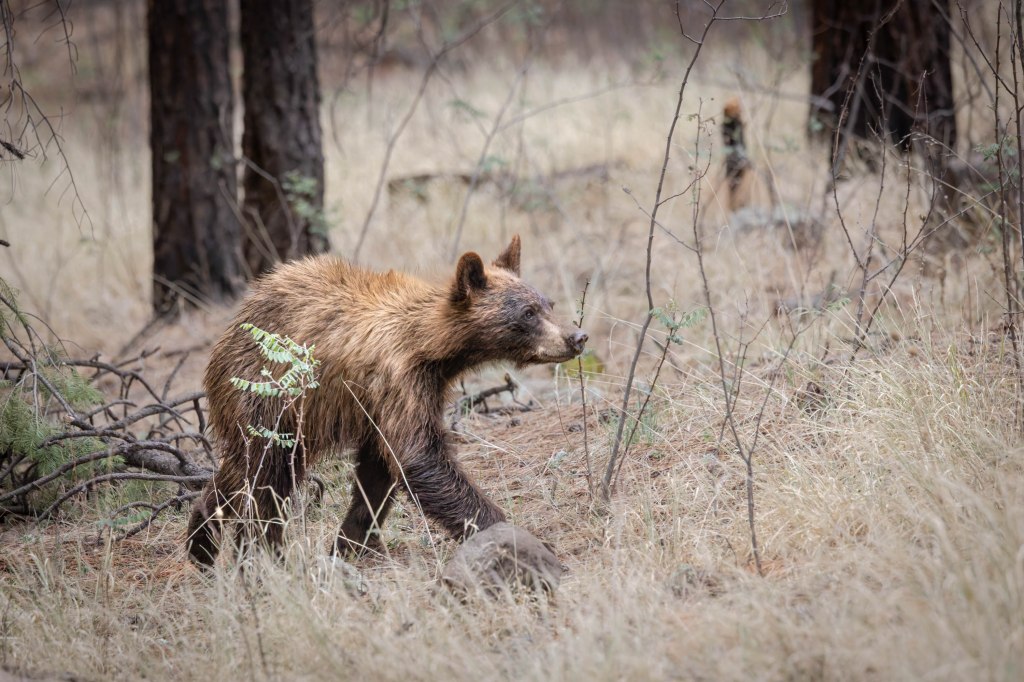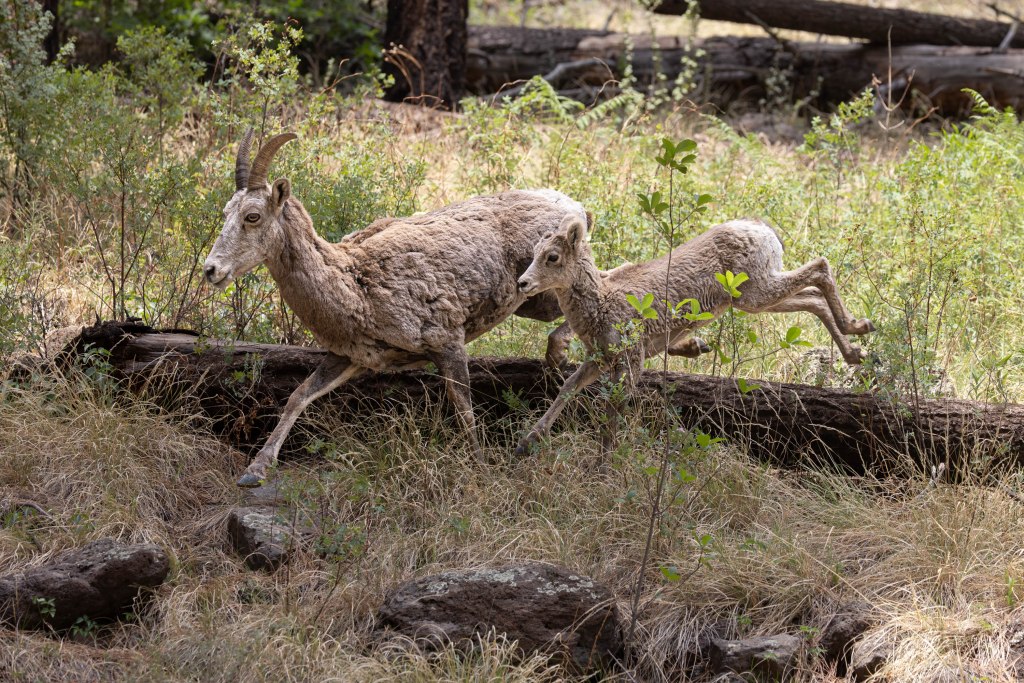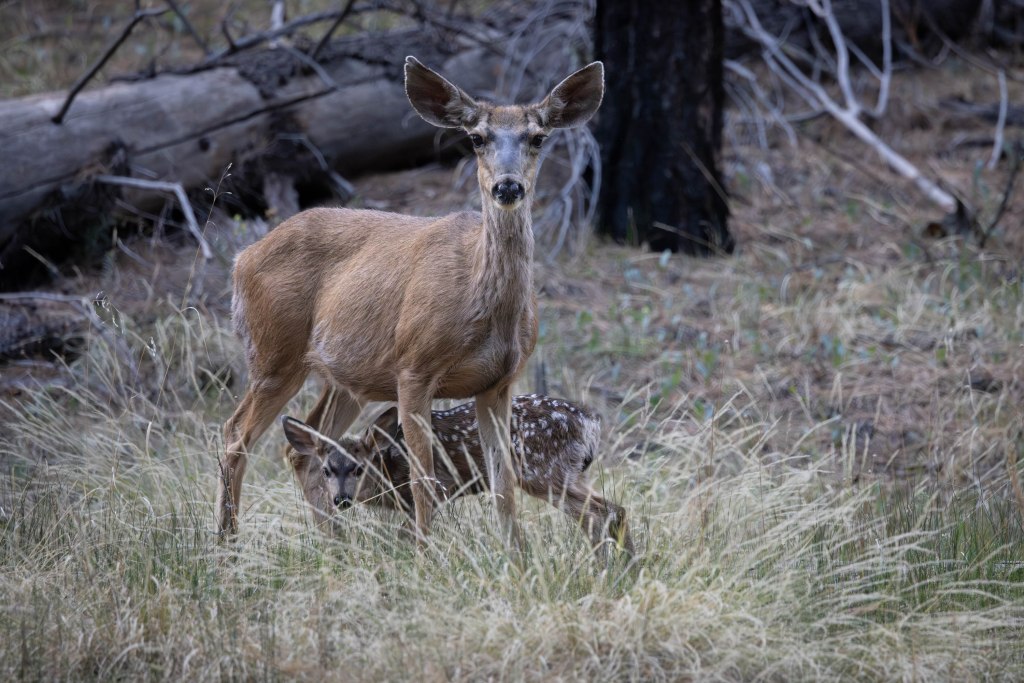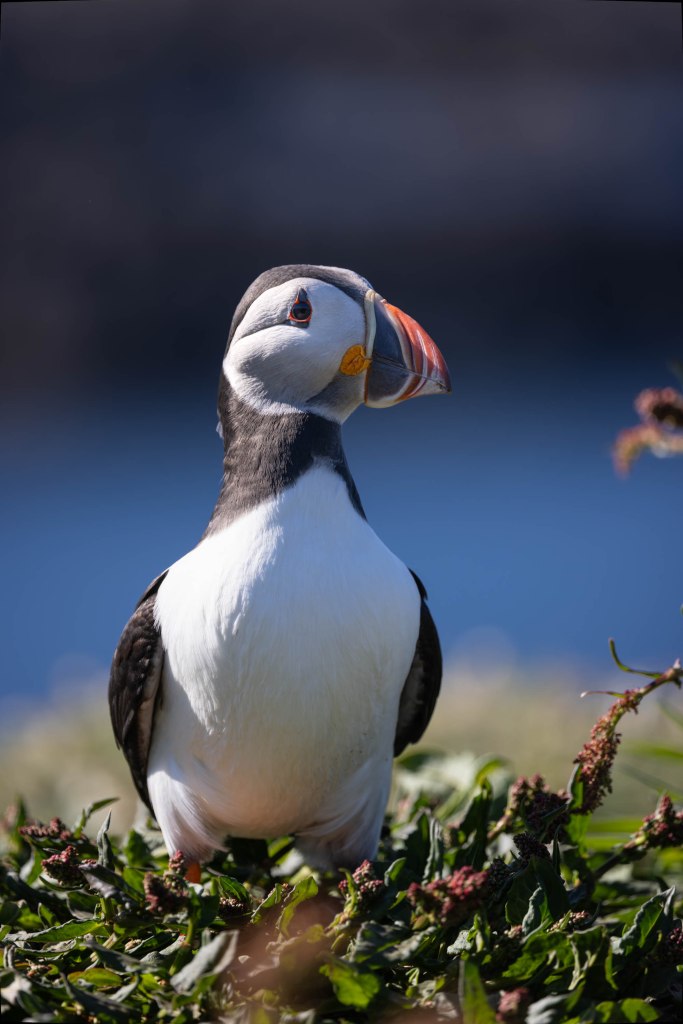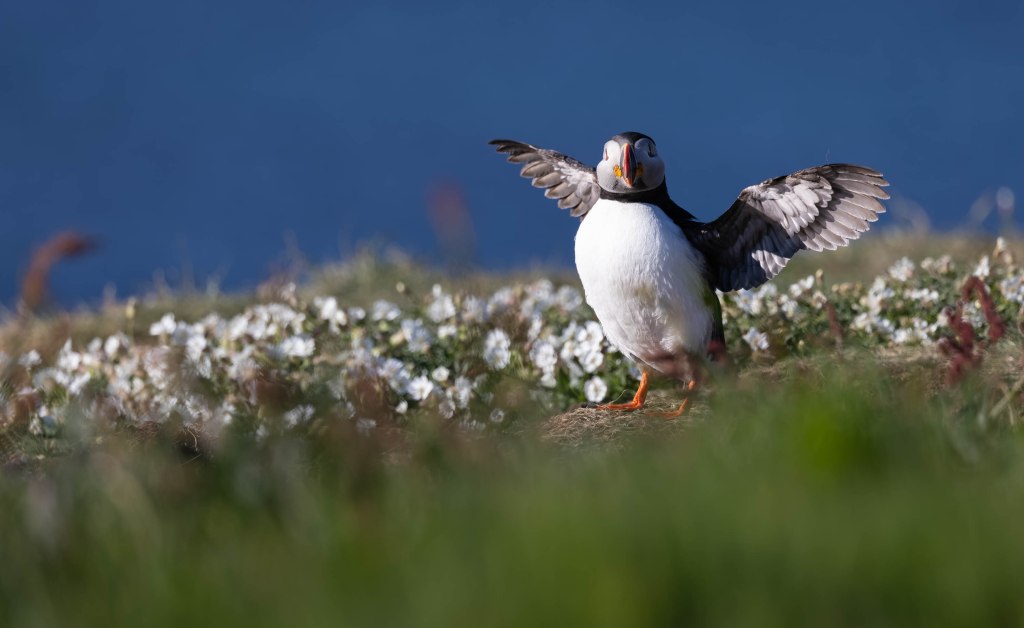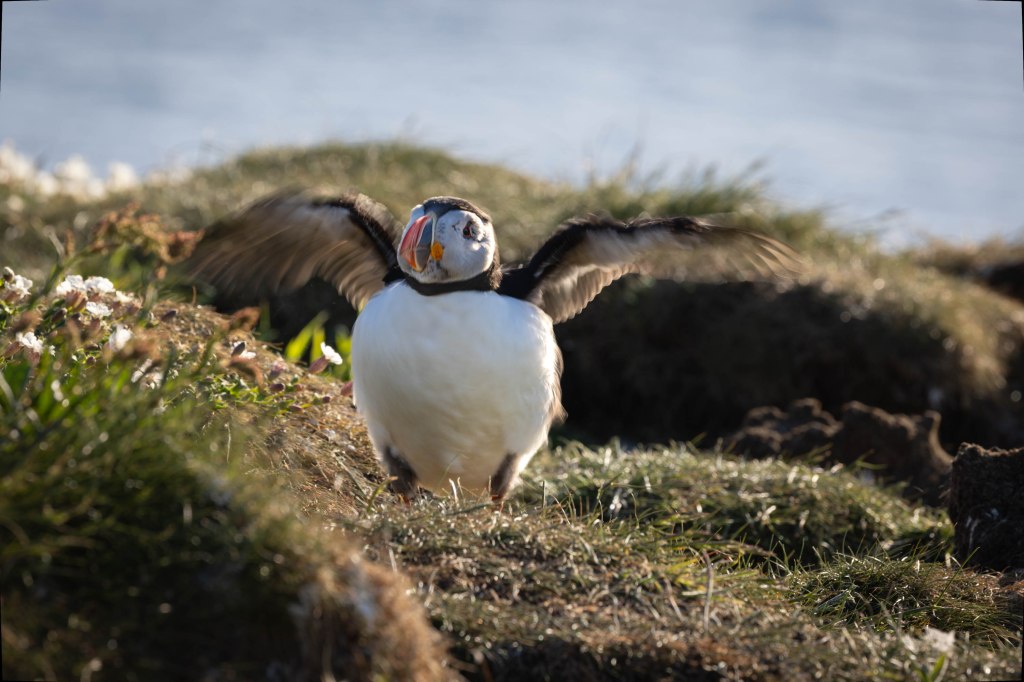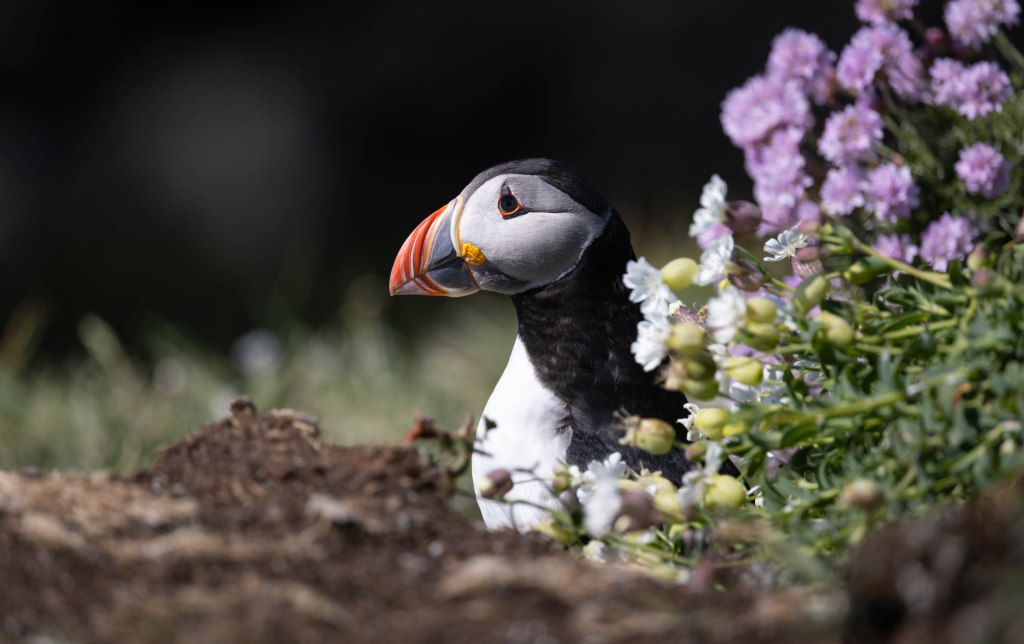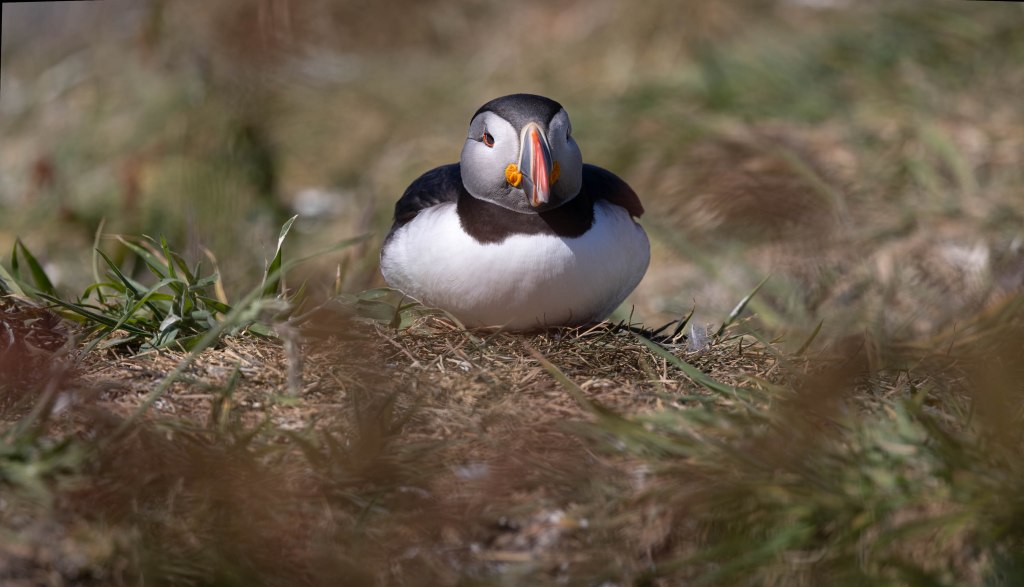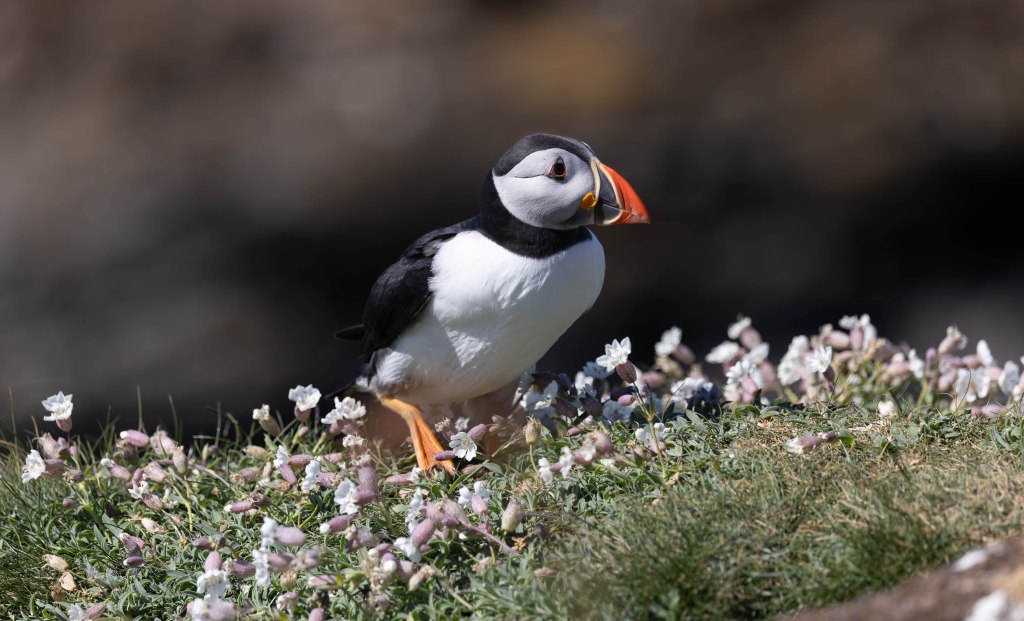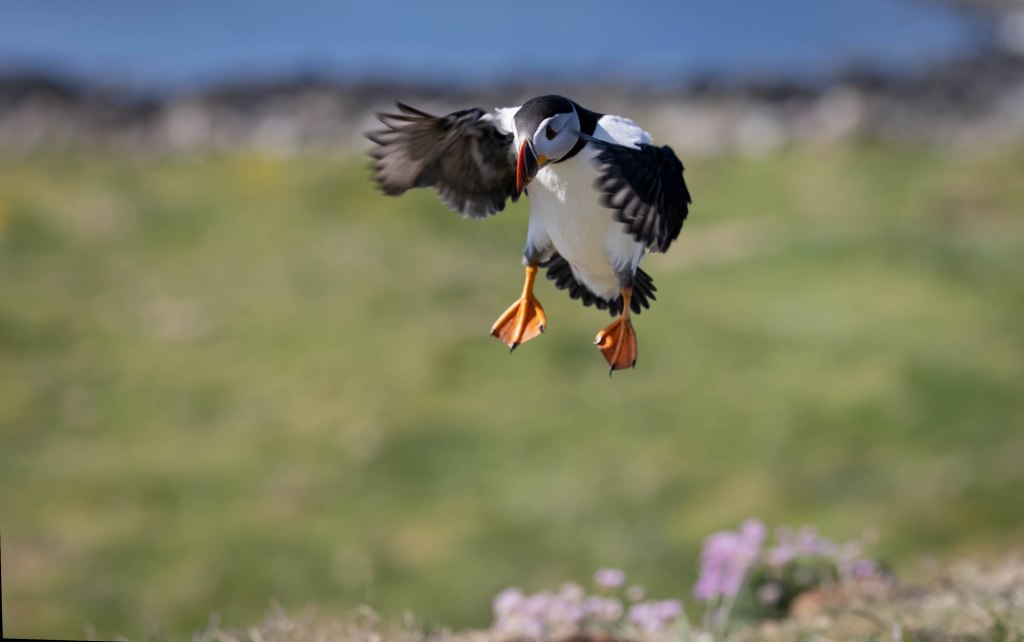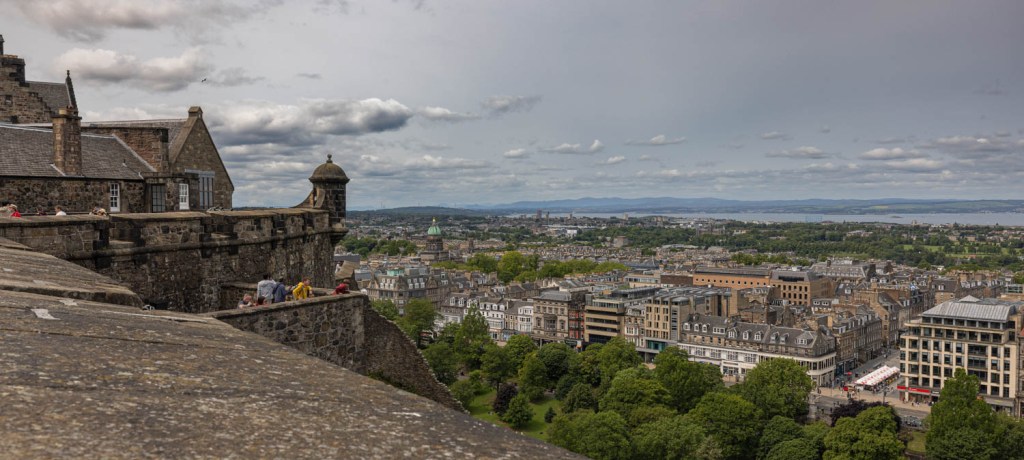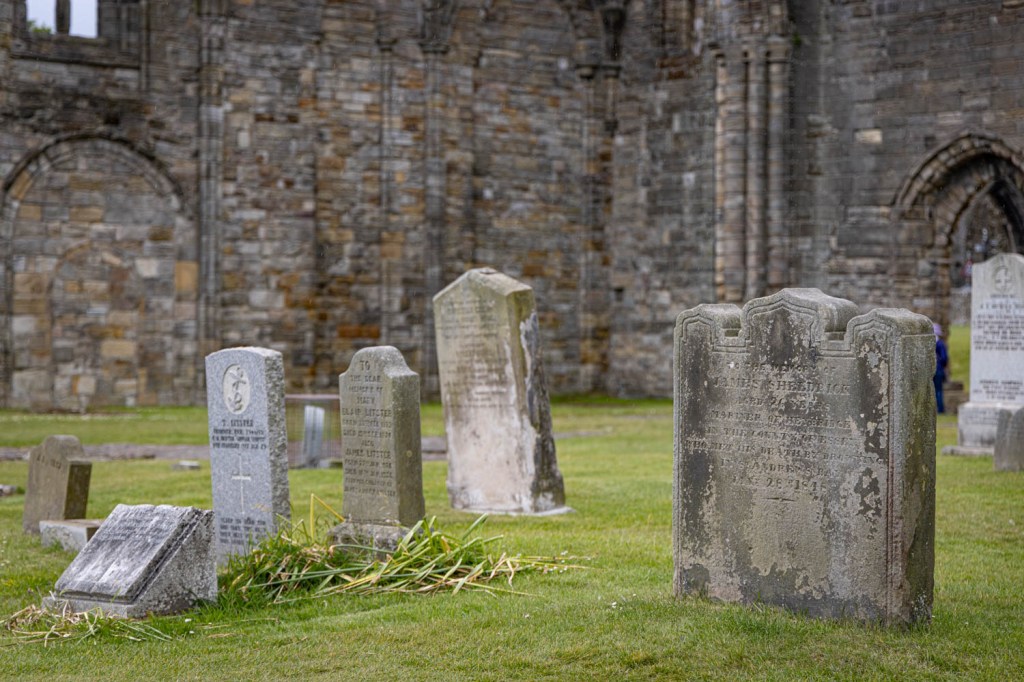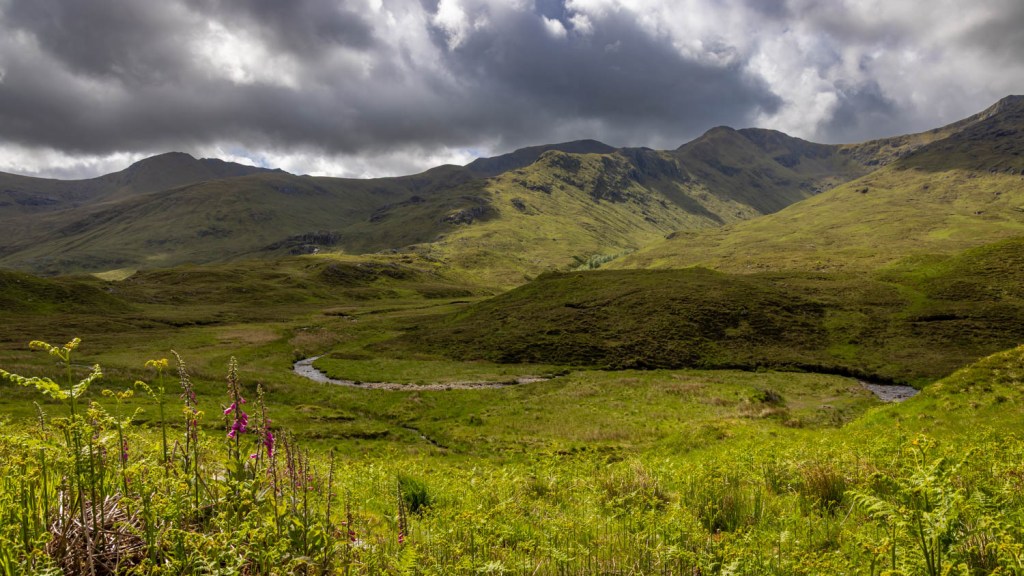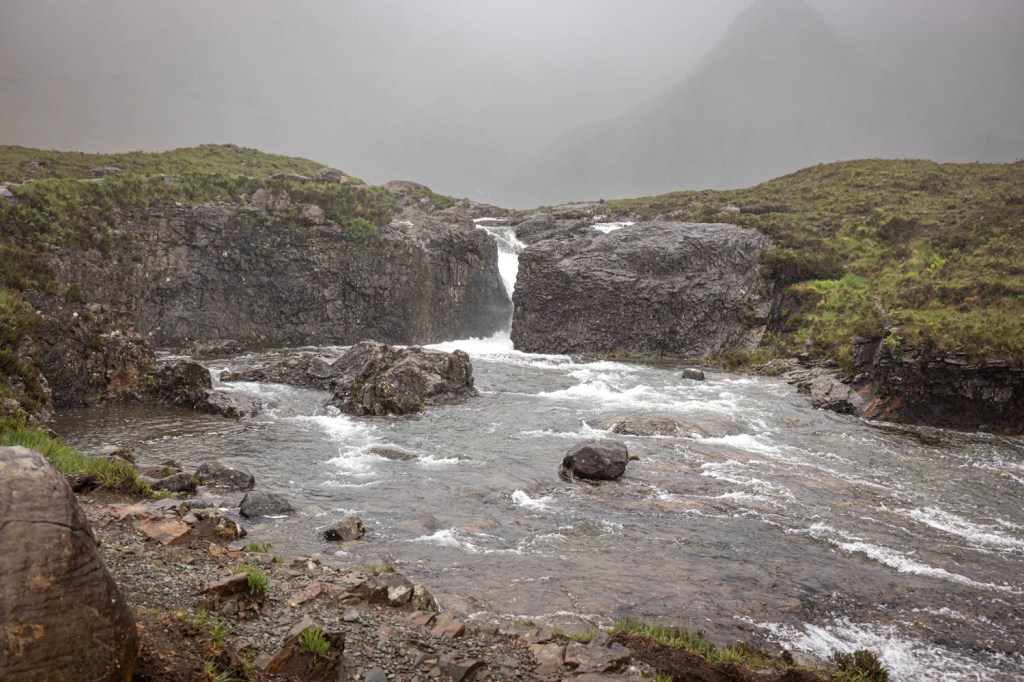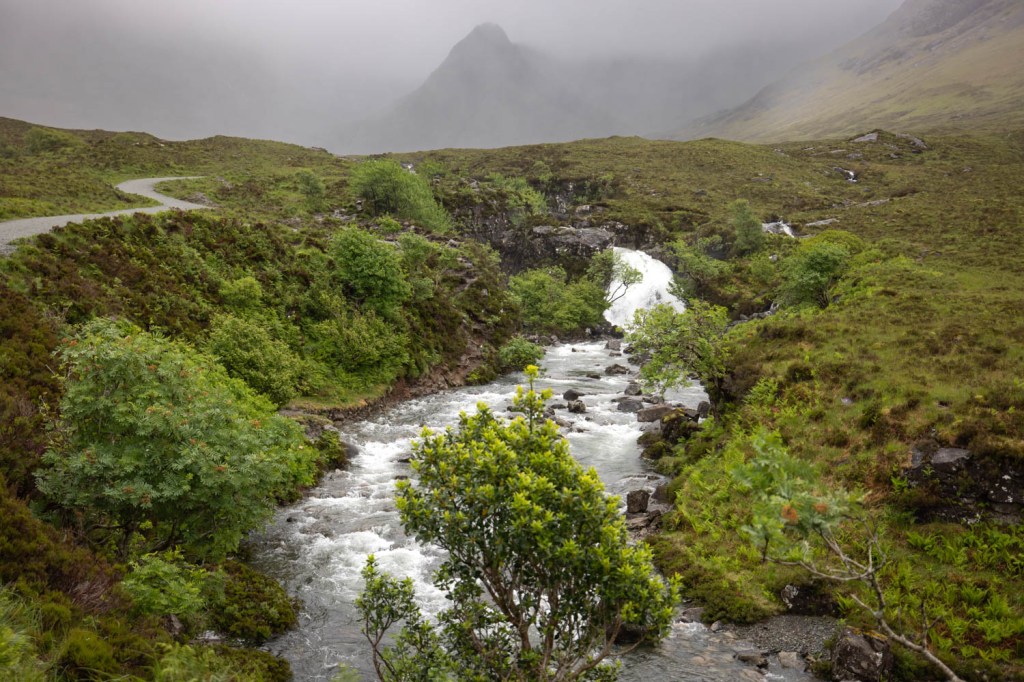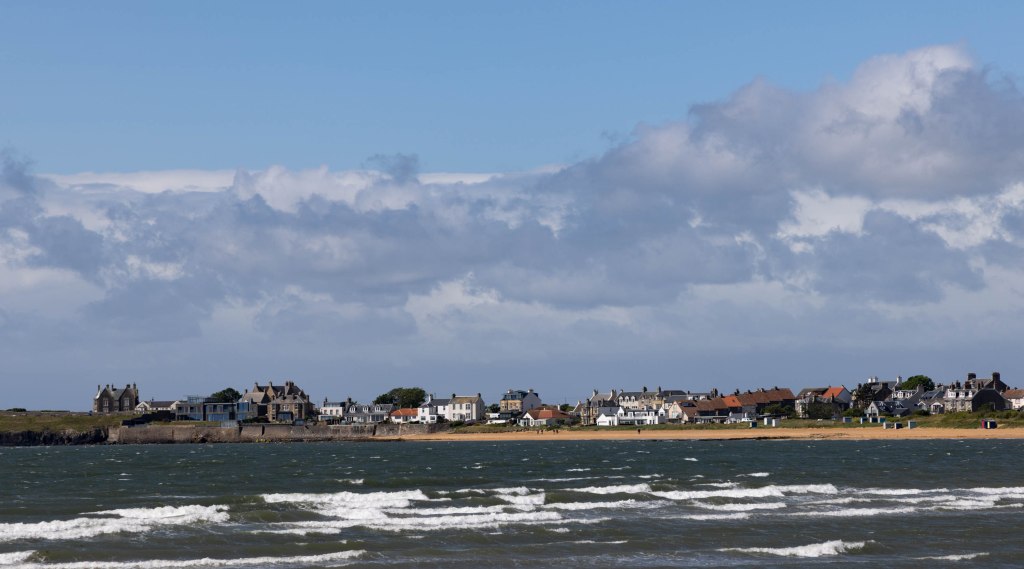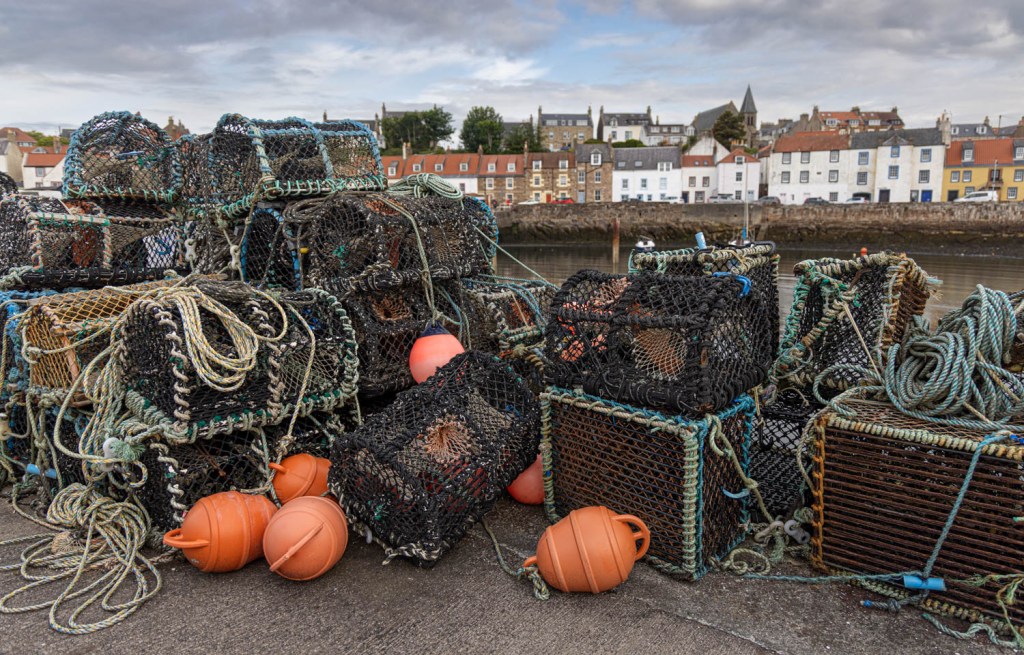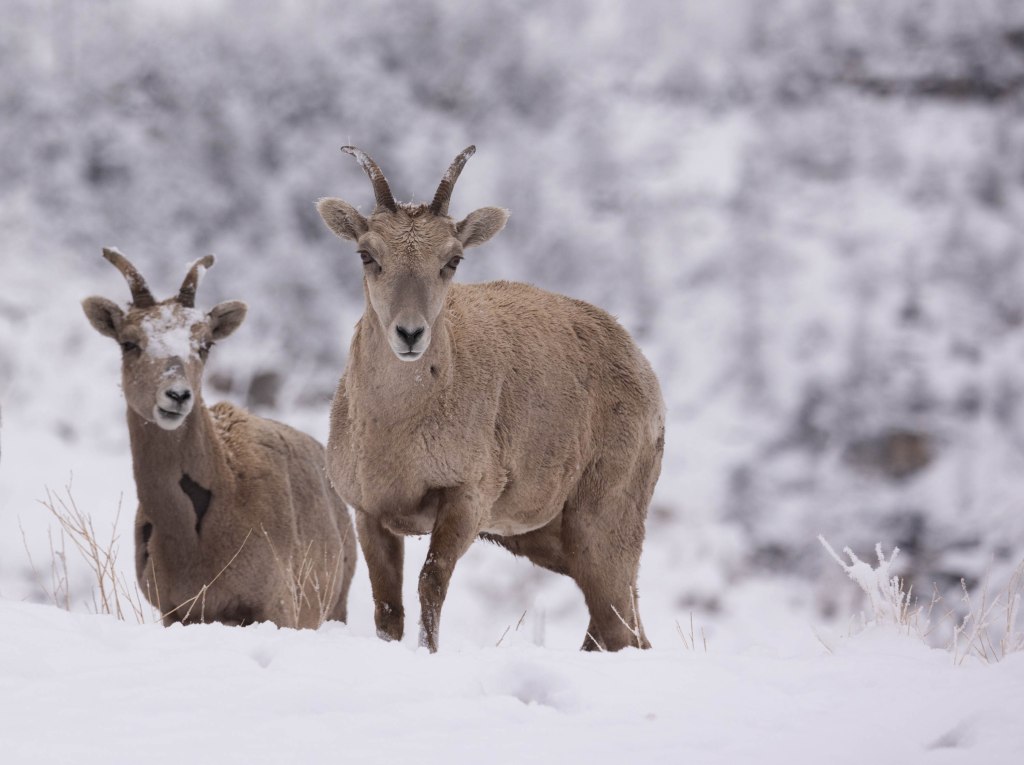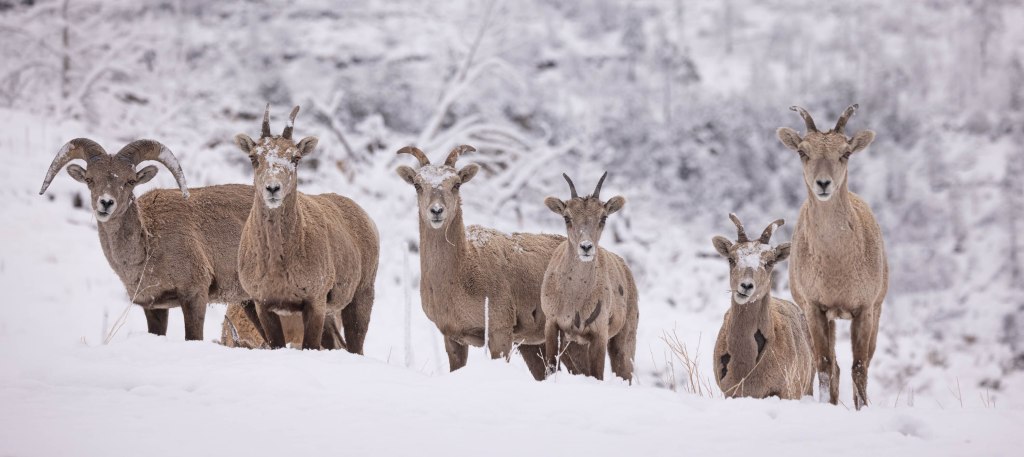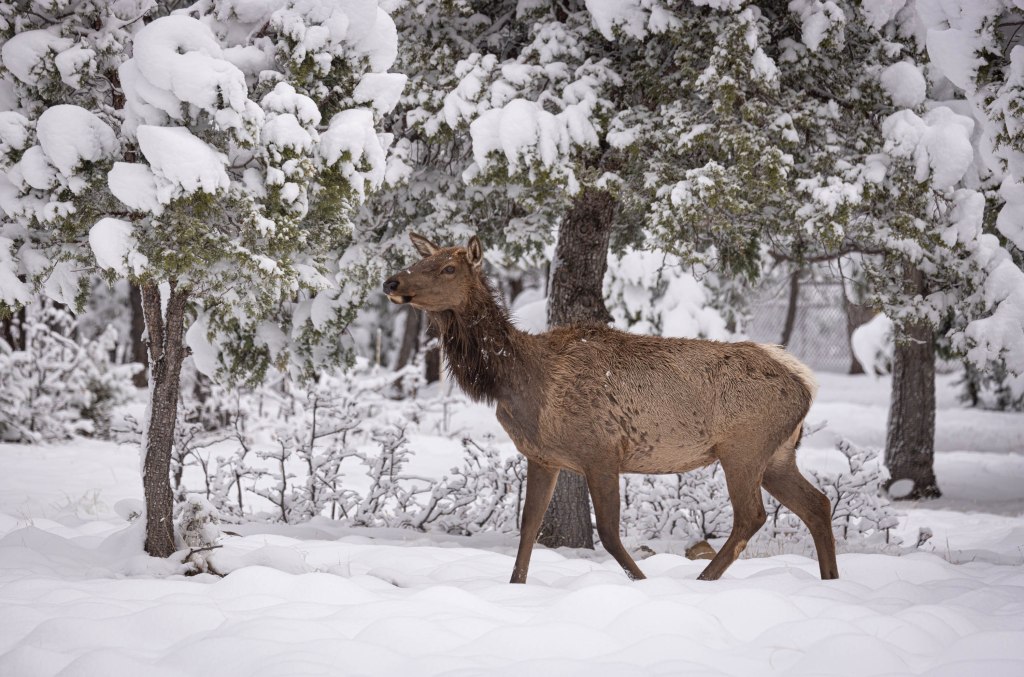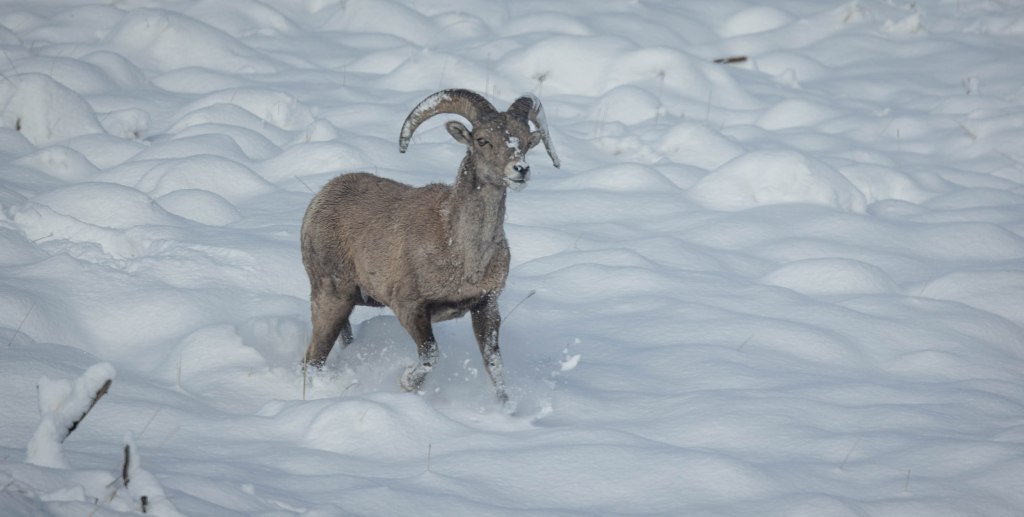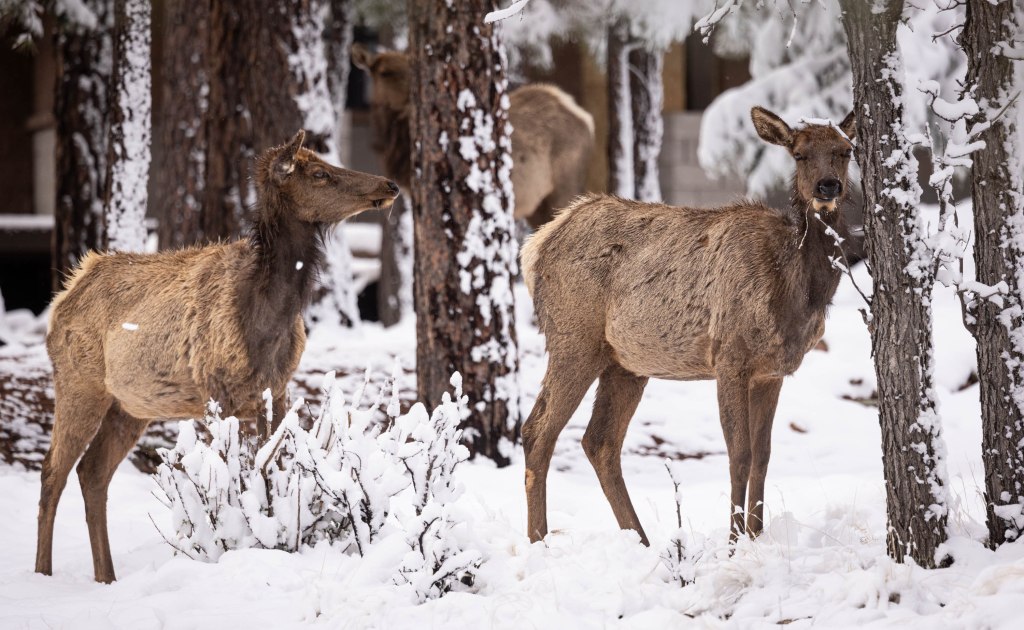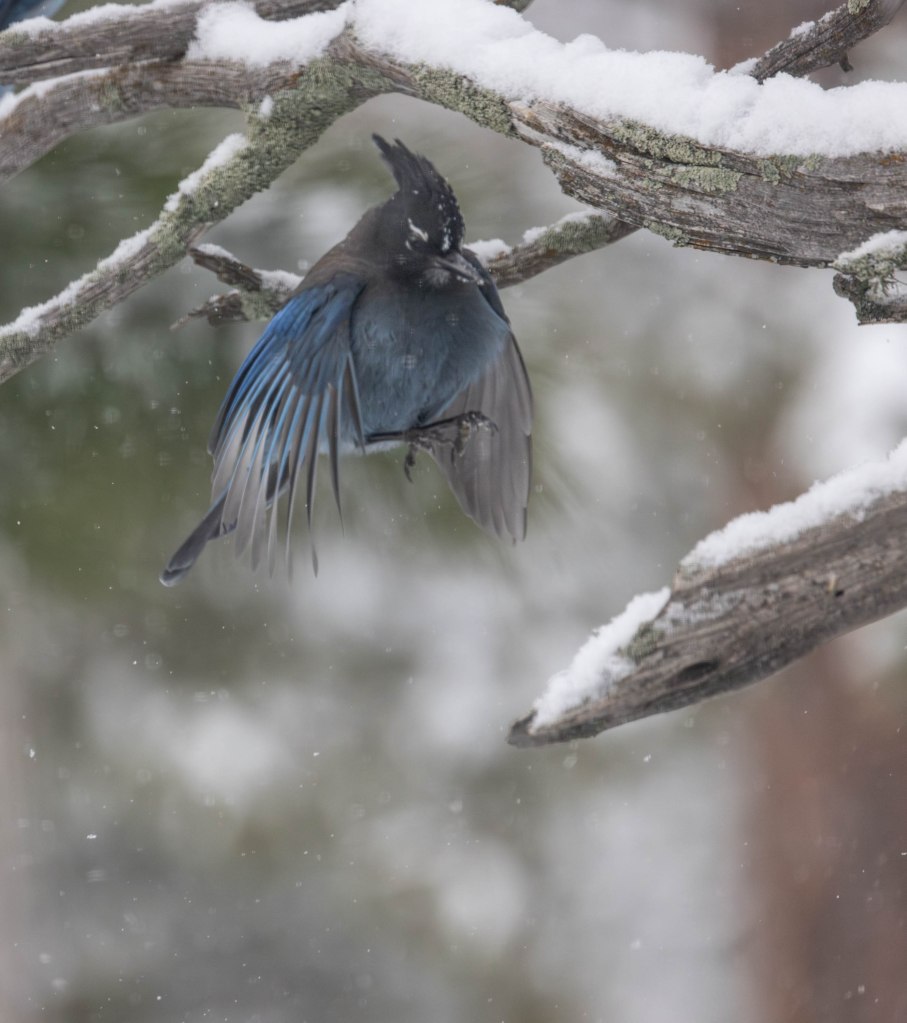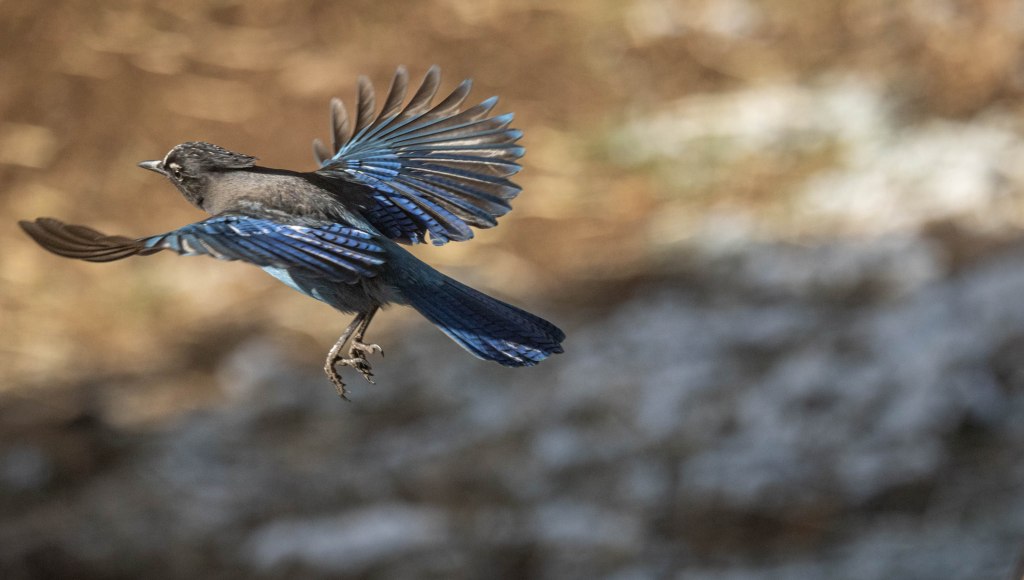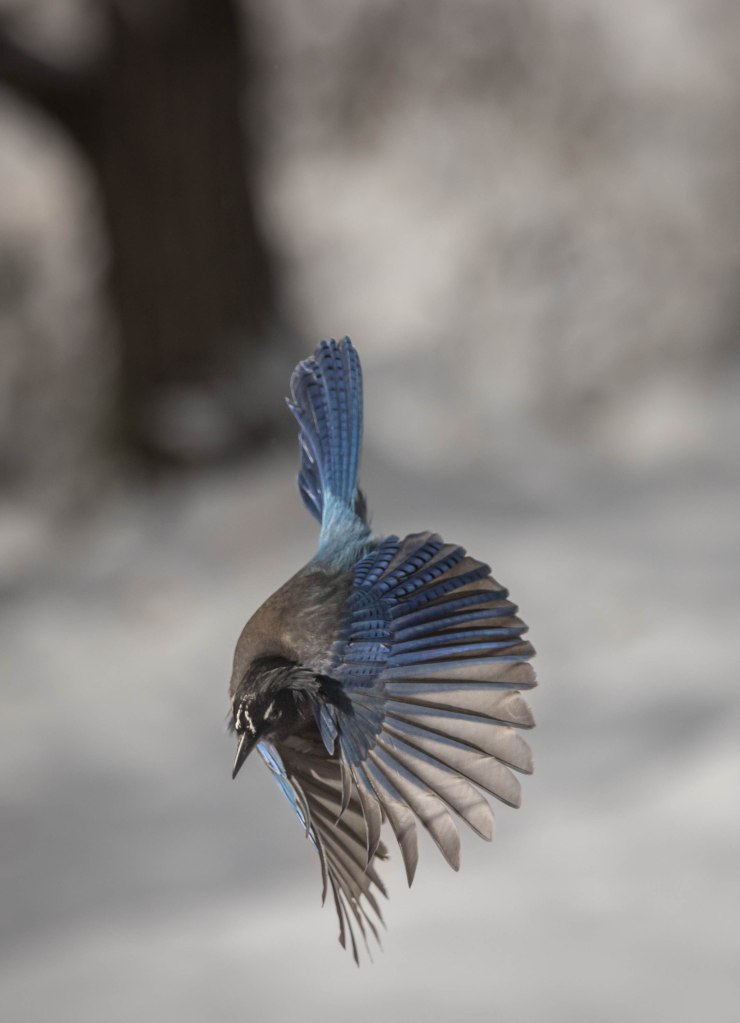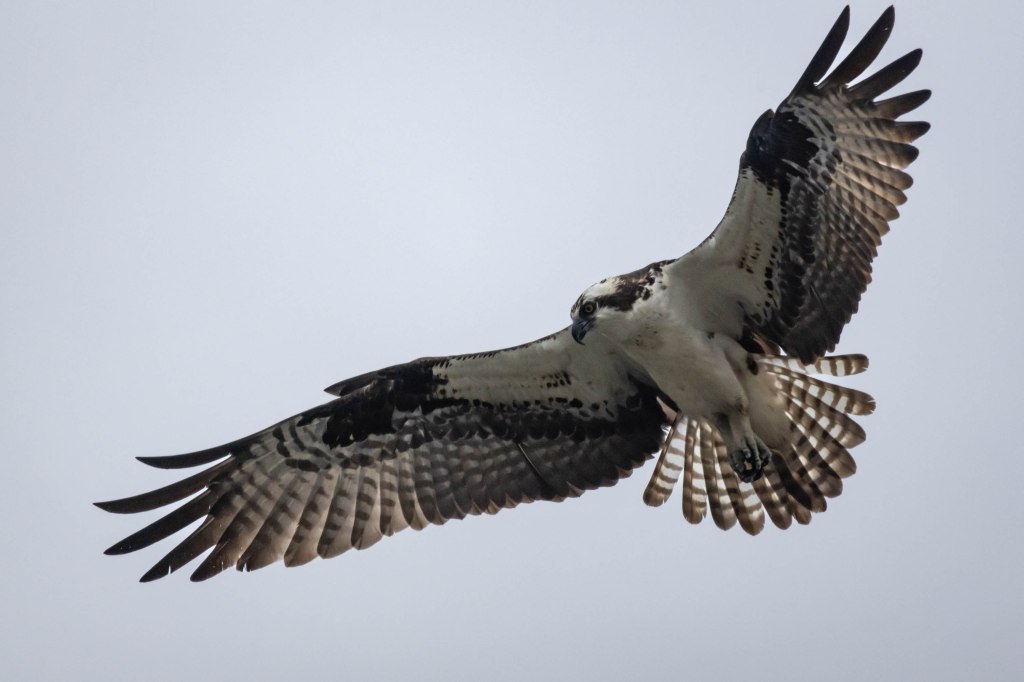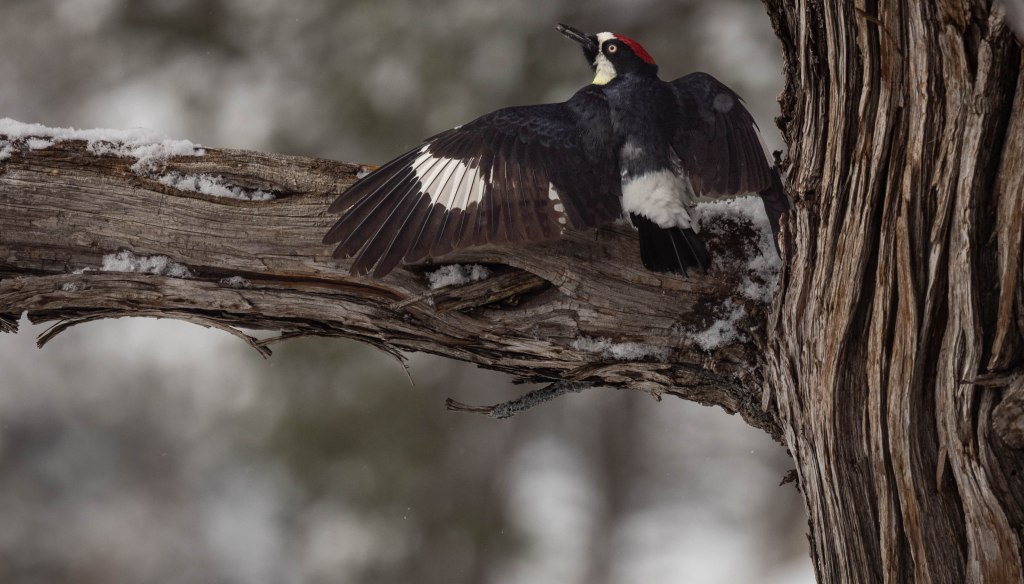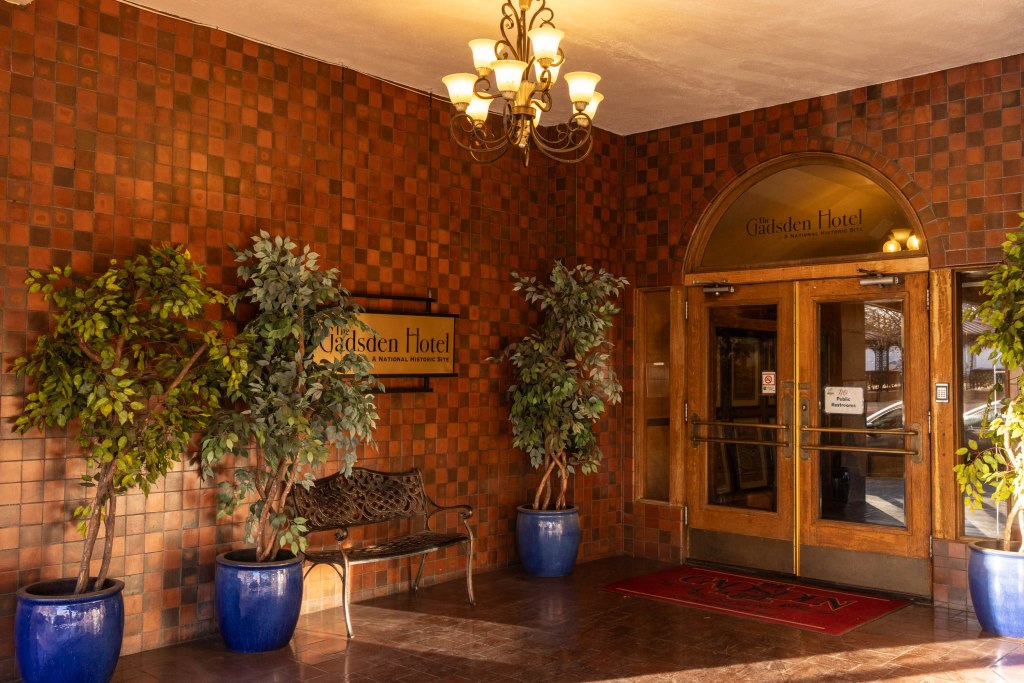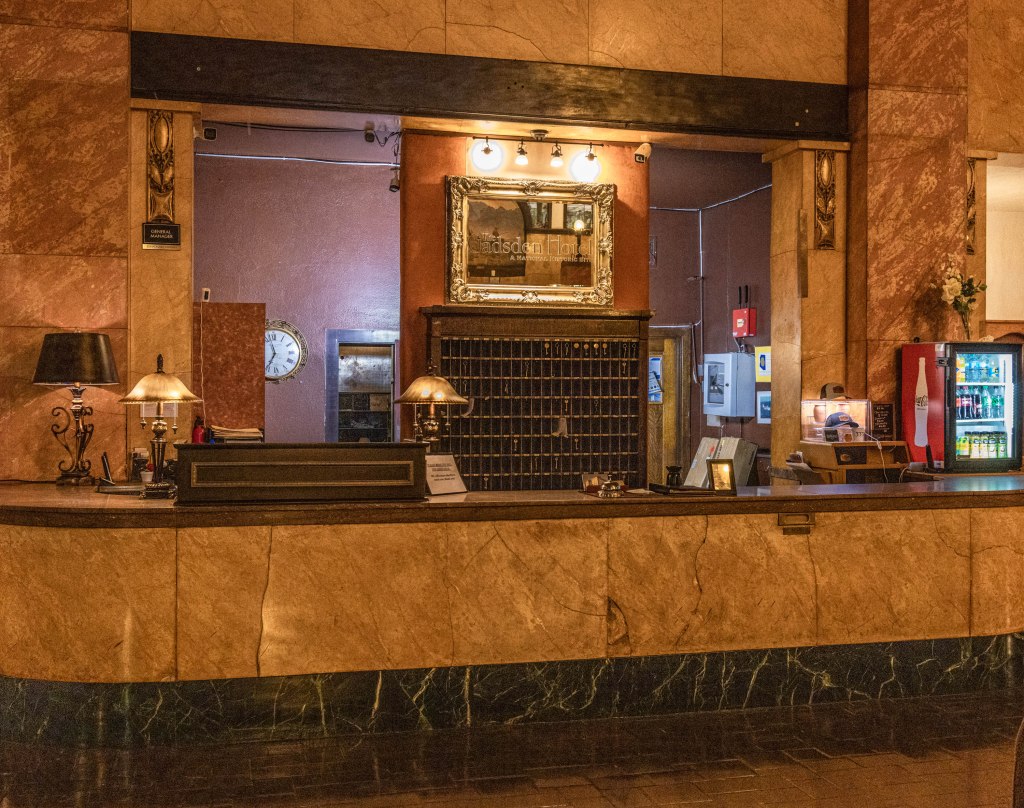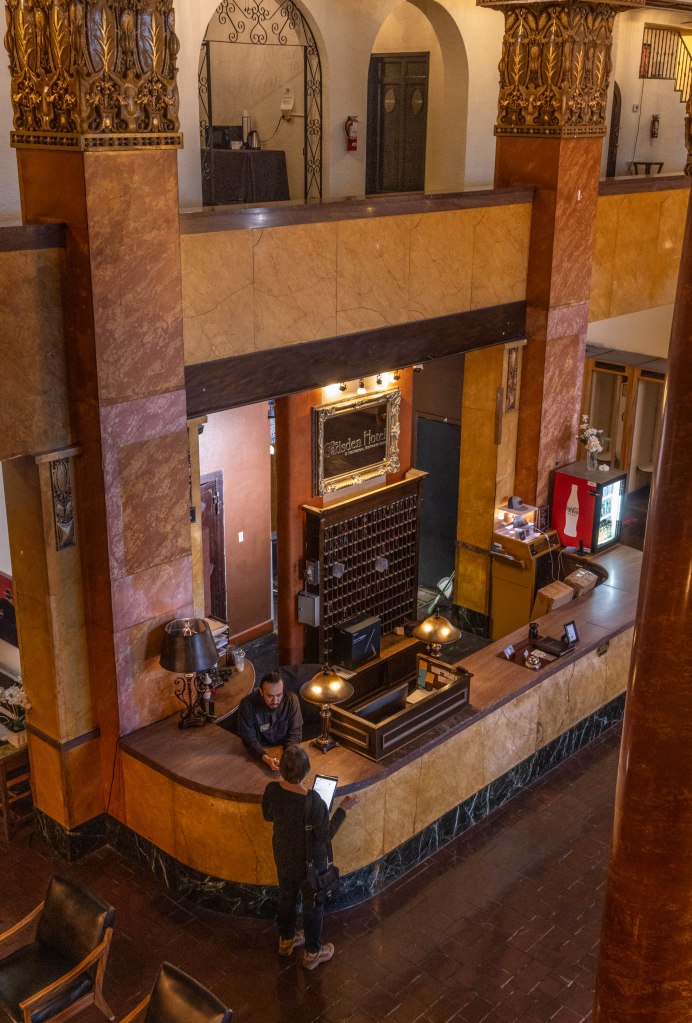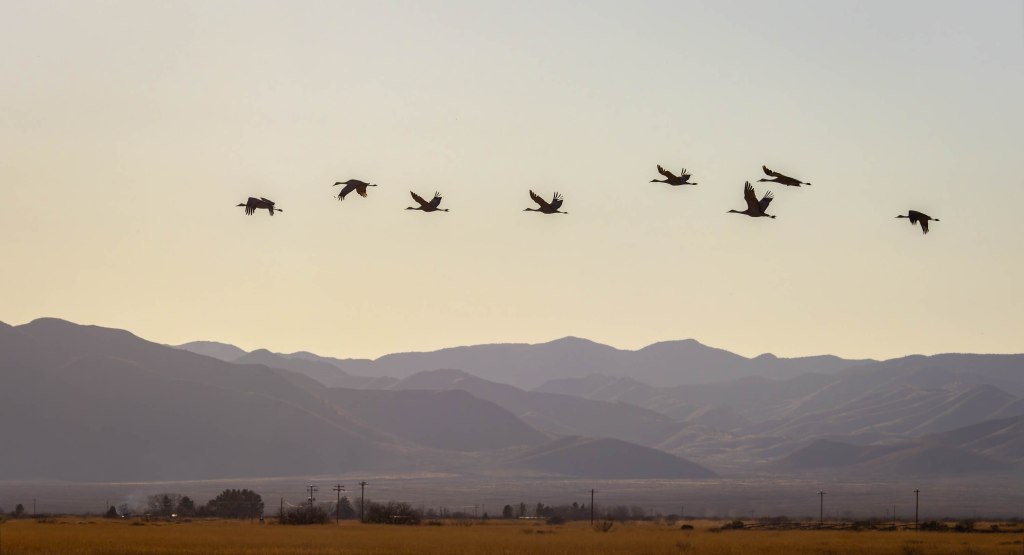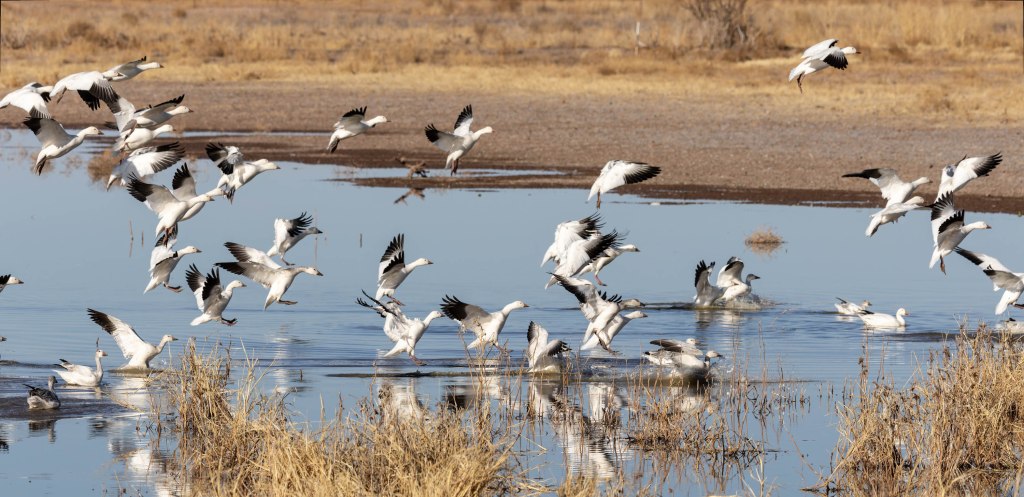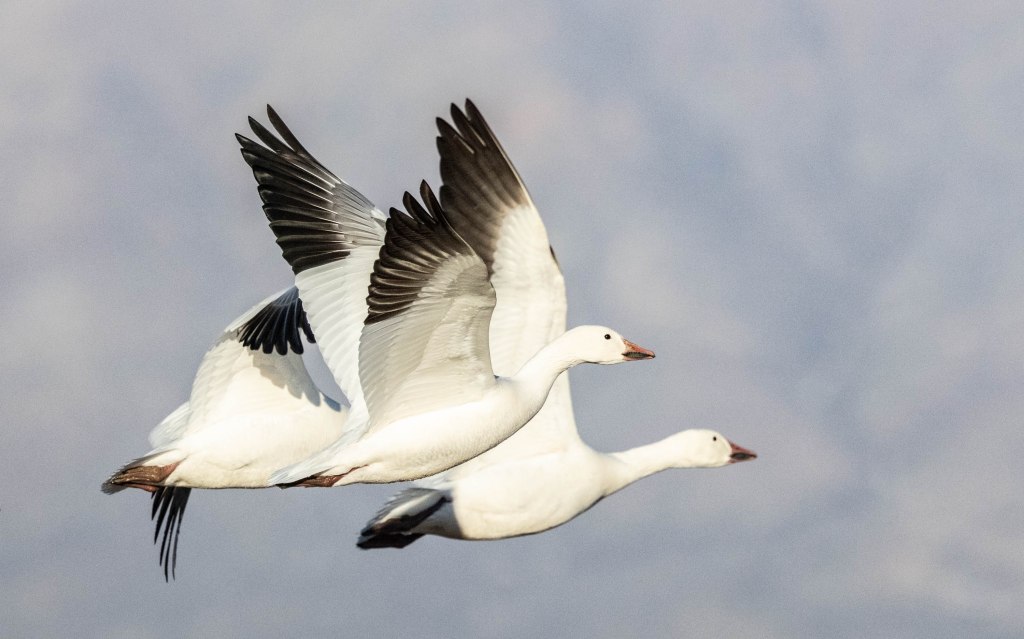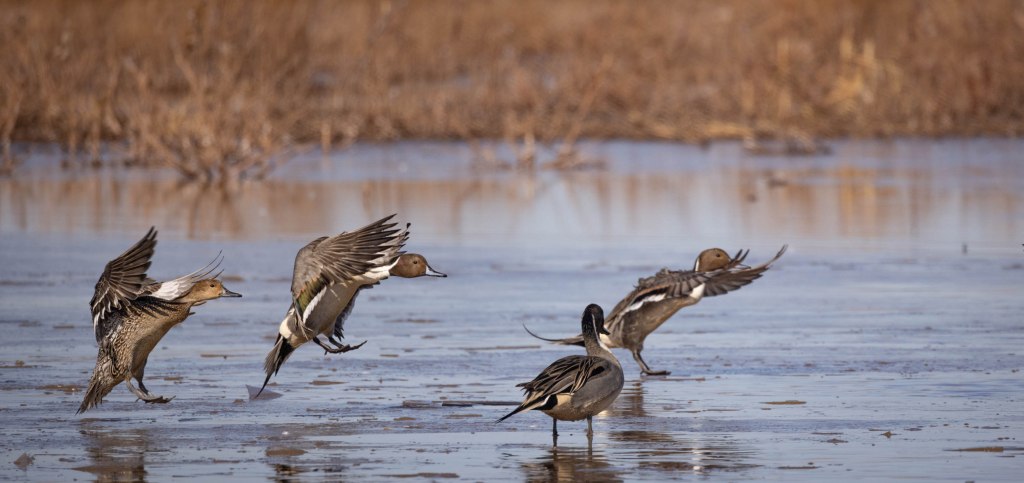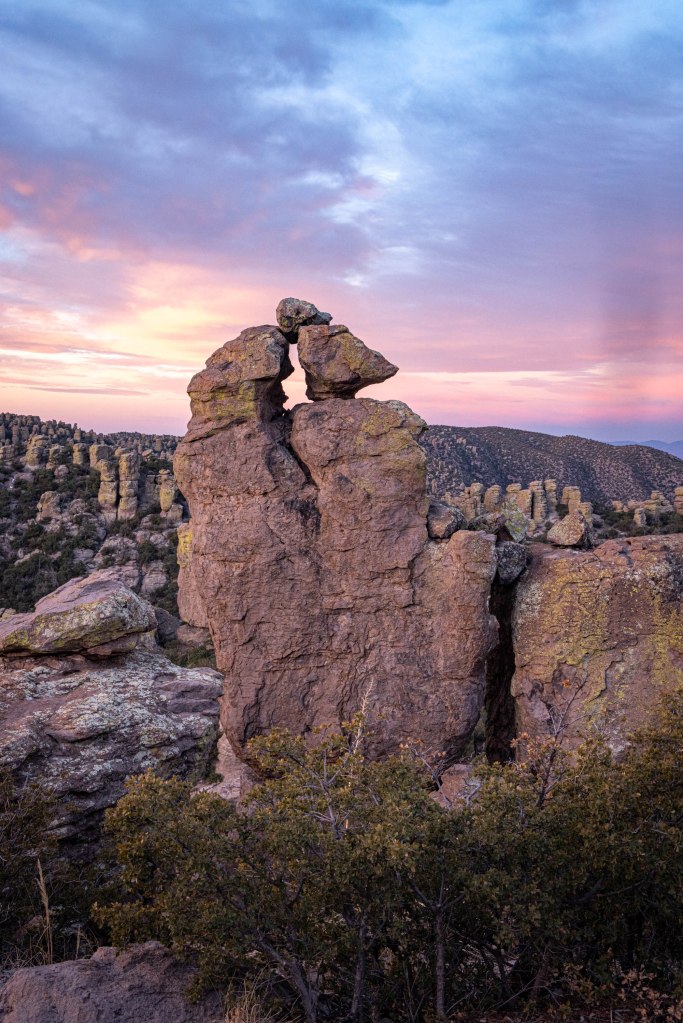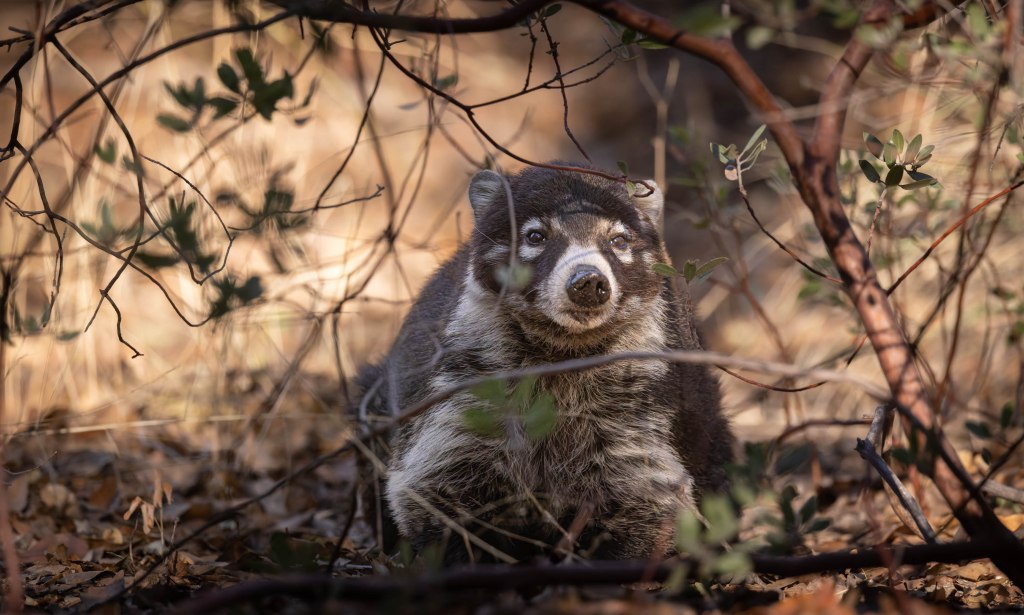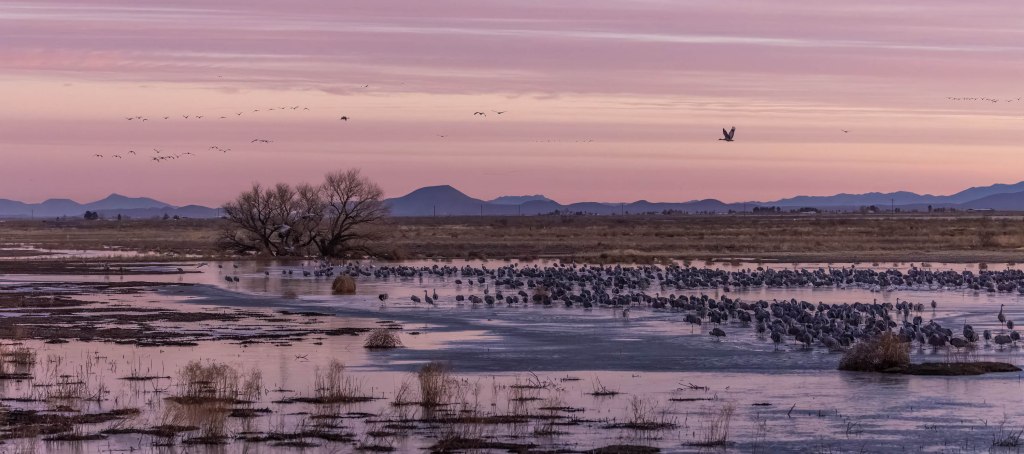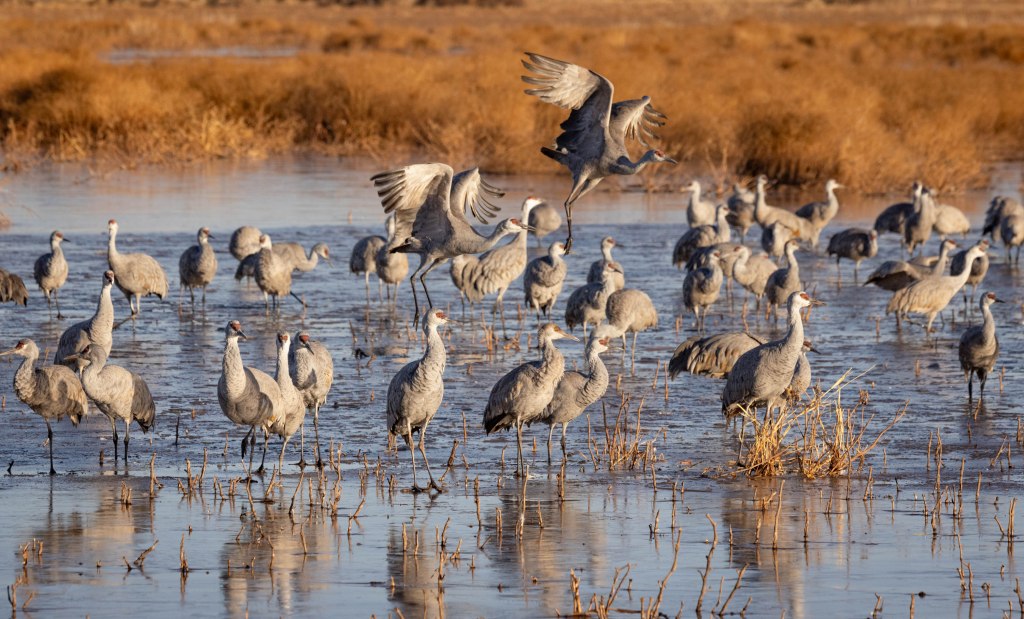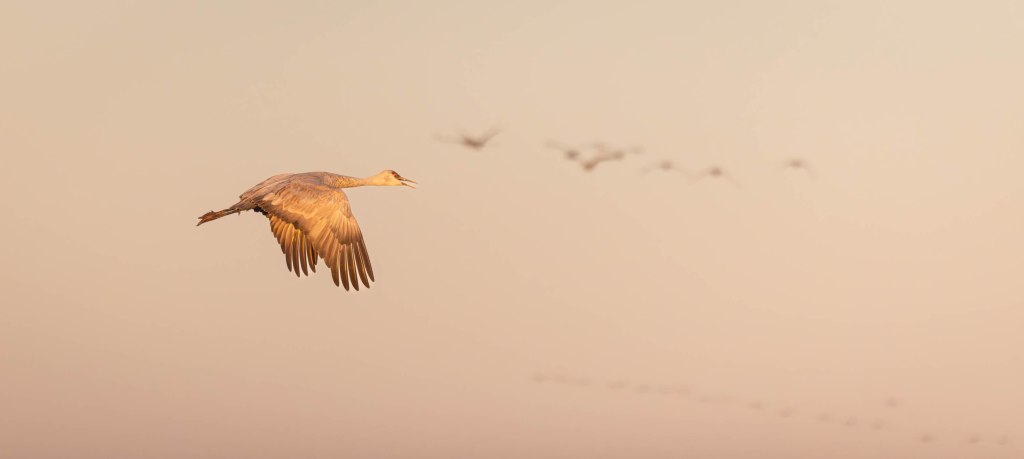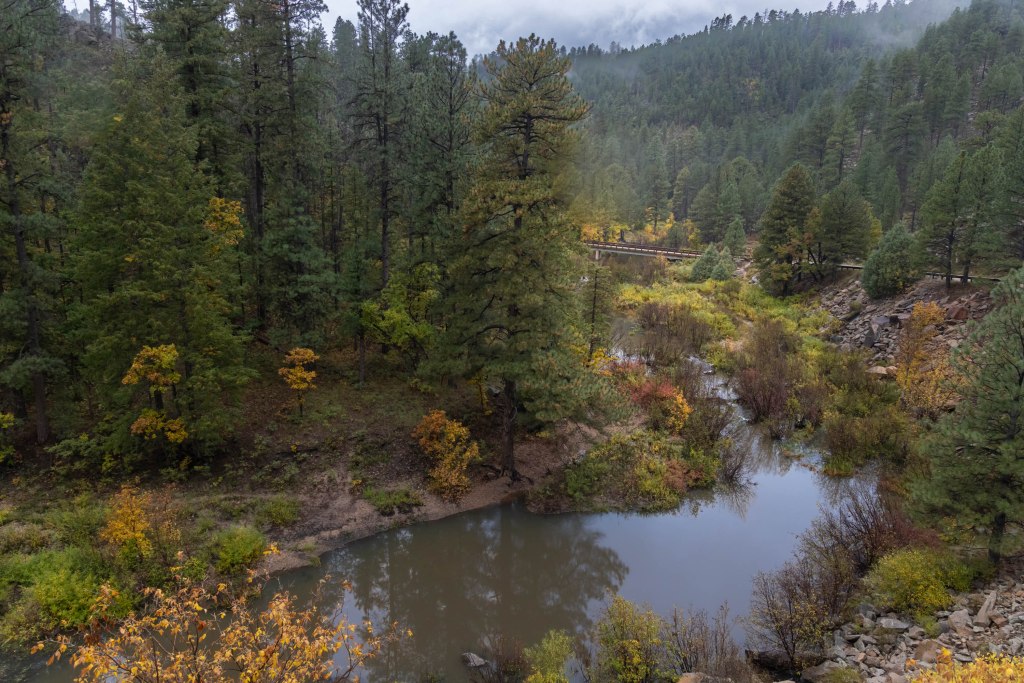
‘Tis the season. I love fall colors, but I do confess to struggling to capture her true essence. I get in front of all this colorful beauty and get overwhelmed and struggle to put it in proper photographic perspective.

Fall colors can be so cluttered with the fallen trees and scraggly branches. It’s hard to pick out that point of interest to make the photo pop.


Sometimes isolating an individual feature is easier on the eye, making it easy to discern the subject.


If I can use contrast of color or texture it helps to pull out the subject.
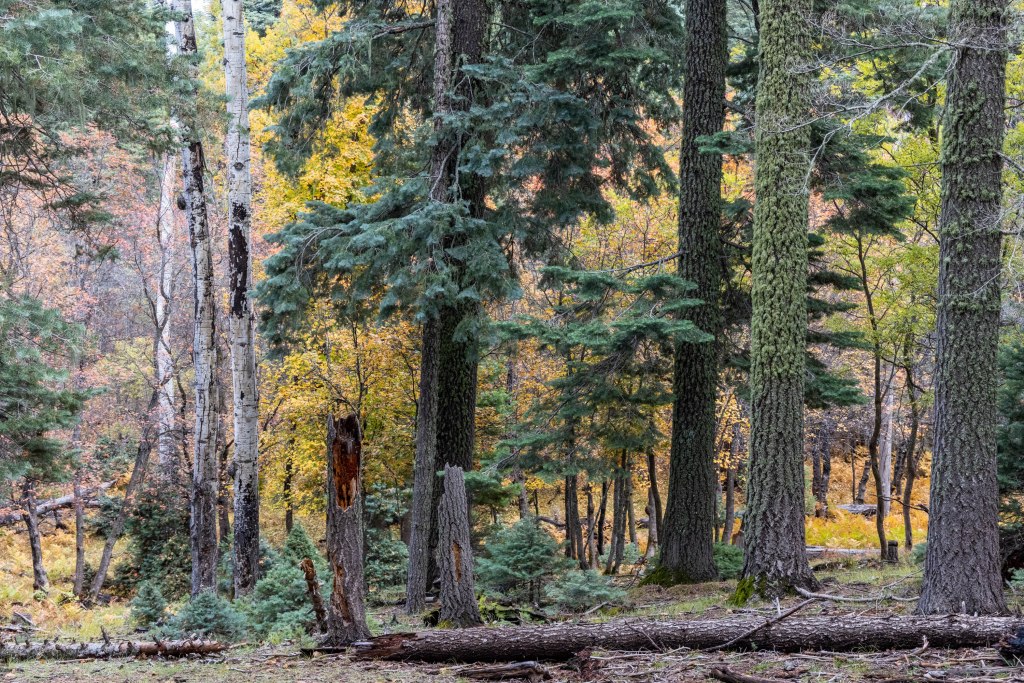
I love a ‘grand landscape’ of fall colors, but some forests are too thick and ‘messy’, so one has to find various methods to pull out the color to convey what the eye sees.
Different forest and scenes yield different challenges, so we tried to visit multiple areas for fall colors, and with any luck hope to continue our quest for more fall colors before the season ends.


Grand landscapes that allow you to step back and take in the view are glorious, but often harder to find, dependent on where you are.



Whether you take the photo from far or near, it helps to have layers of color, textural elements, and subject matter.

Lighting is important, whether the subject is backlit or front lit. Well placed light can help to isolate the color and subject and make it pop off the page.

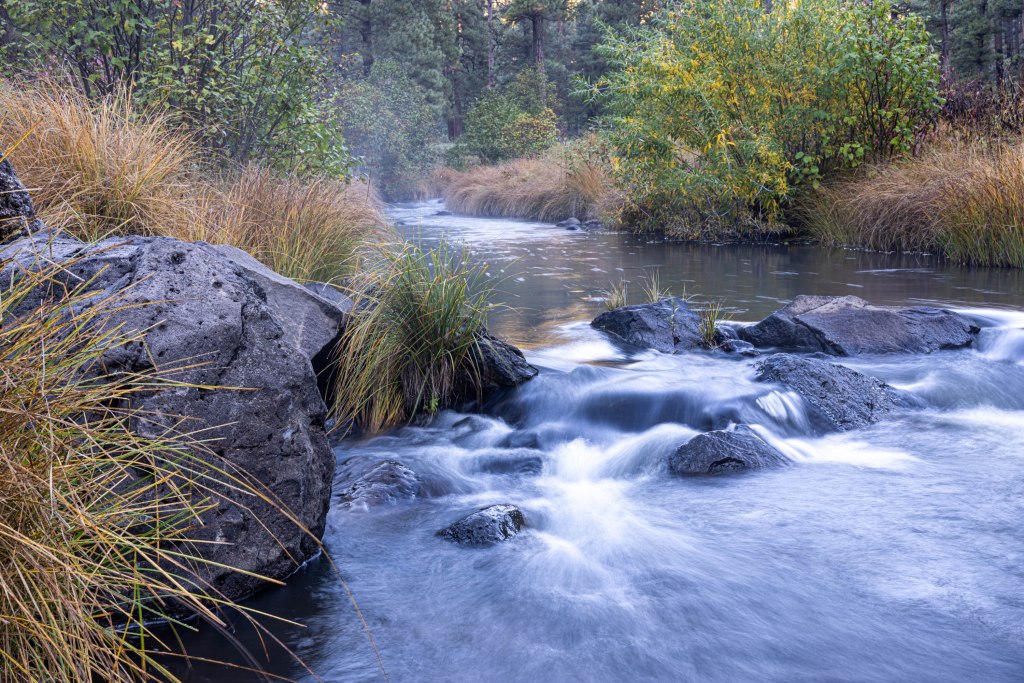
The best times to capture good lighting is dawn and dusk when the sun is low and casts a nice glow. If one waits until mid day the lighting becomes harsh with strong highlights and shadows making it difficult to separate the subject from the background.

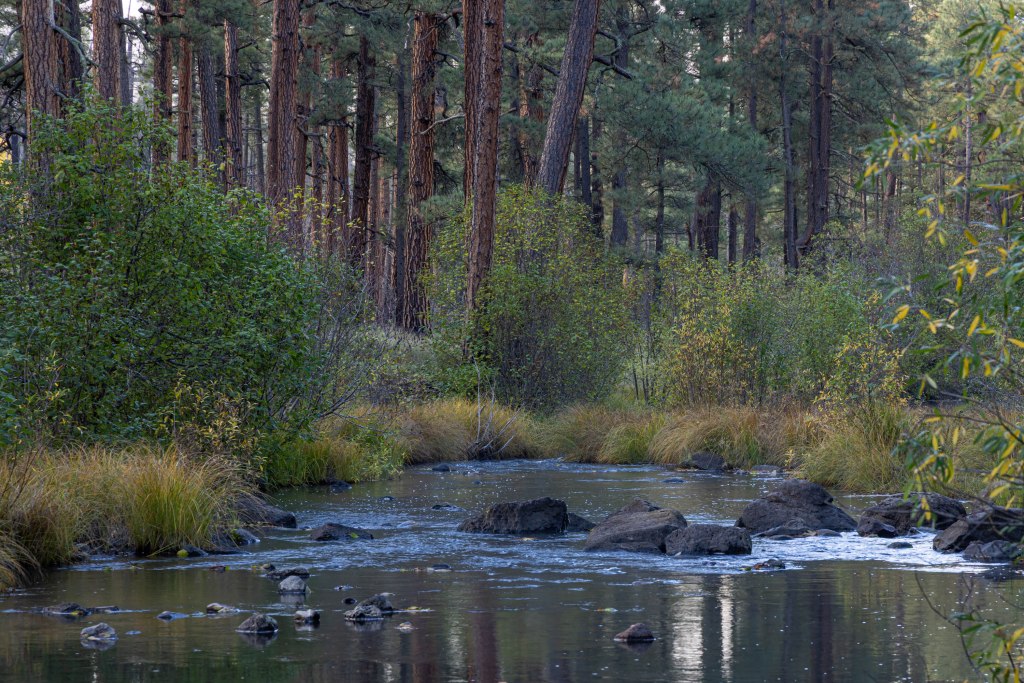
With a little luck and patience one might get some fog or clouds that lend to the moodiness of the scene, helping to establish sense of place, and emotion.
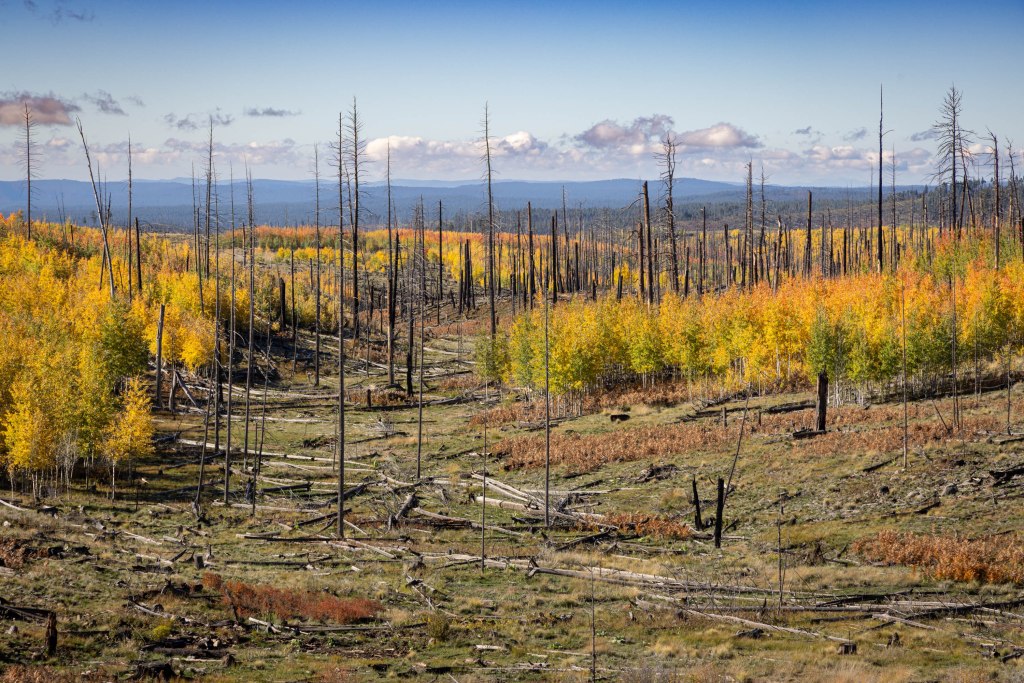
Whatever magic and concentration it takes, it requires getting out there with determination and focus to create the imagines, as they rarely come to us sitting around at home.



